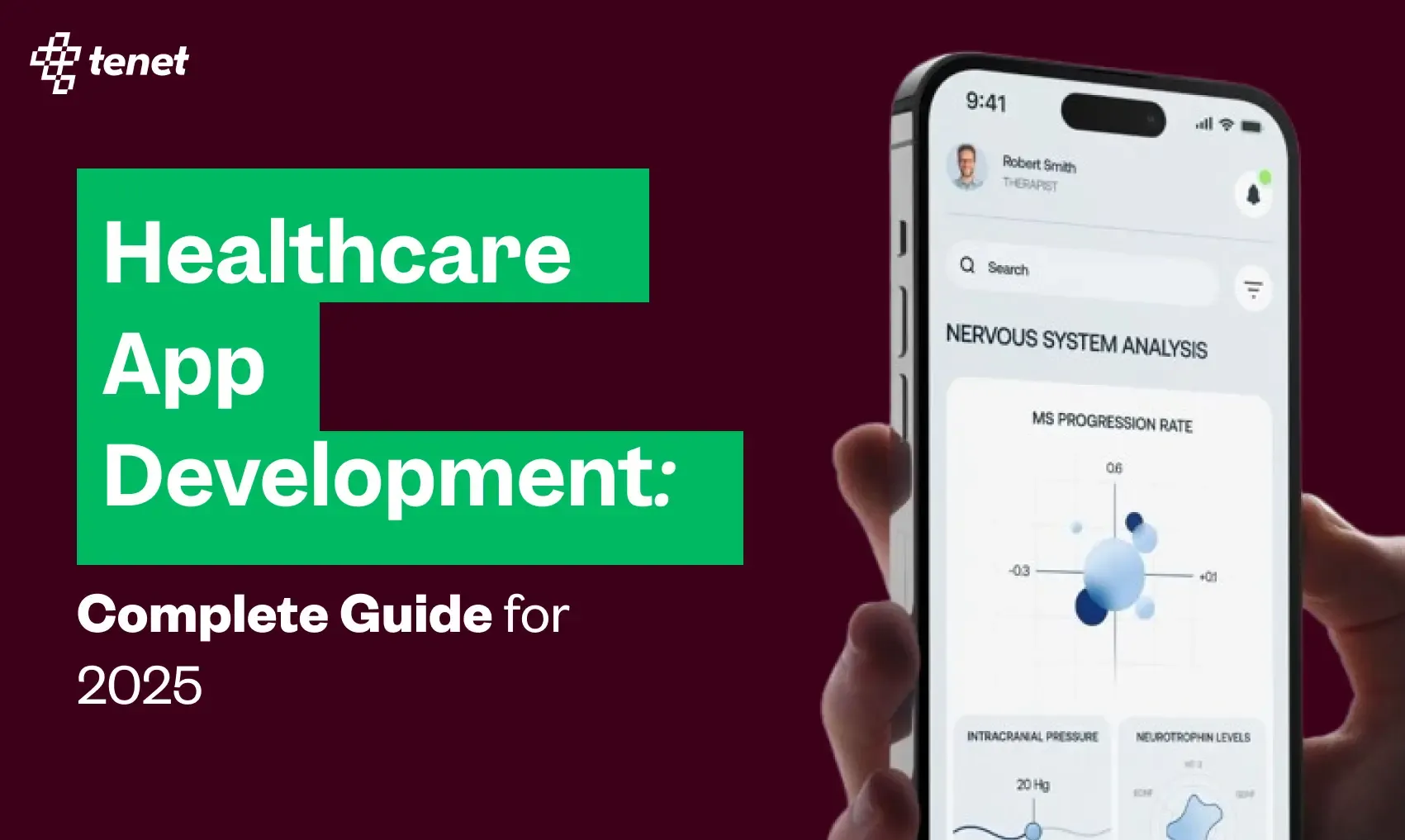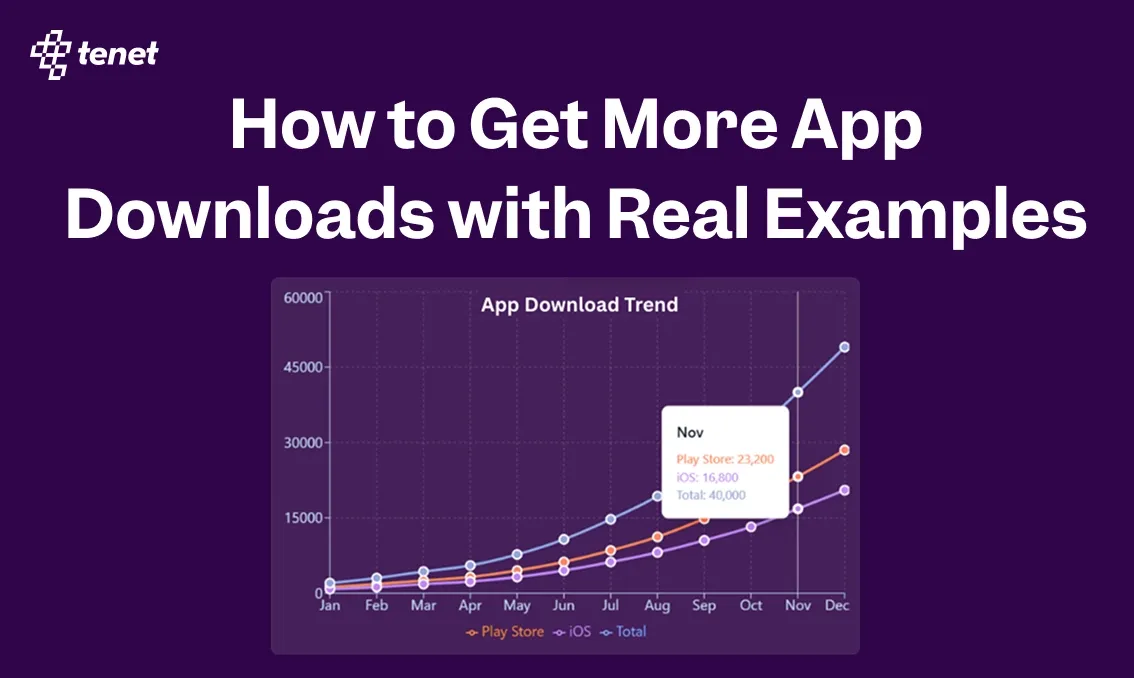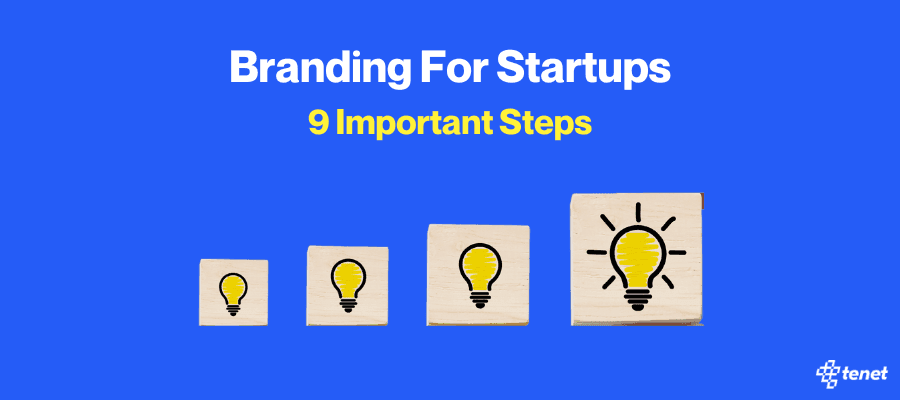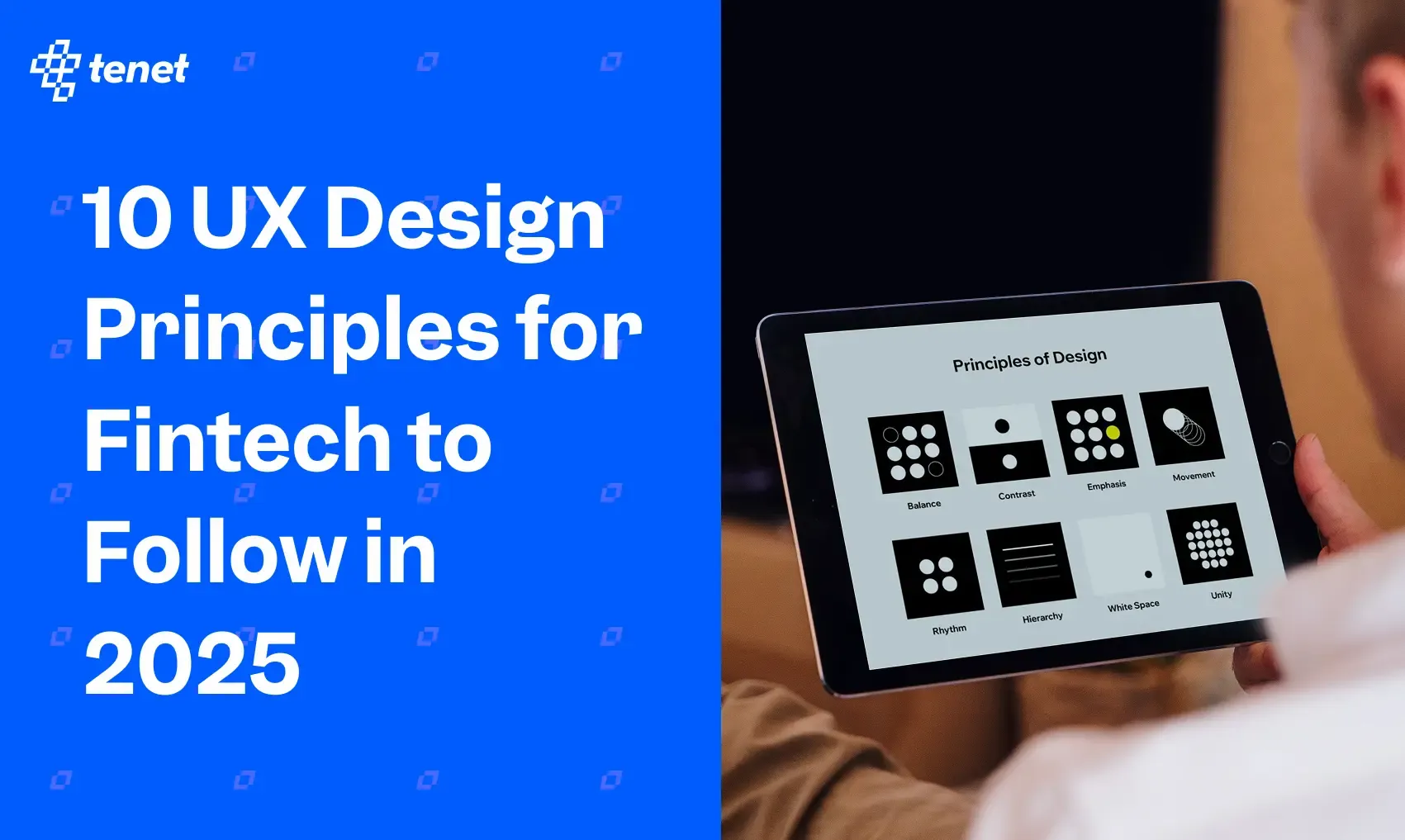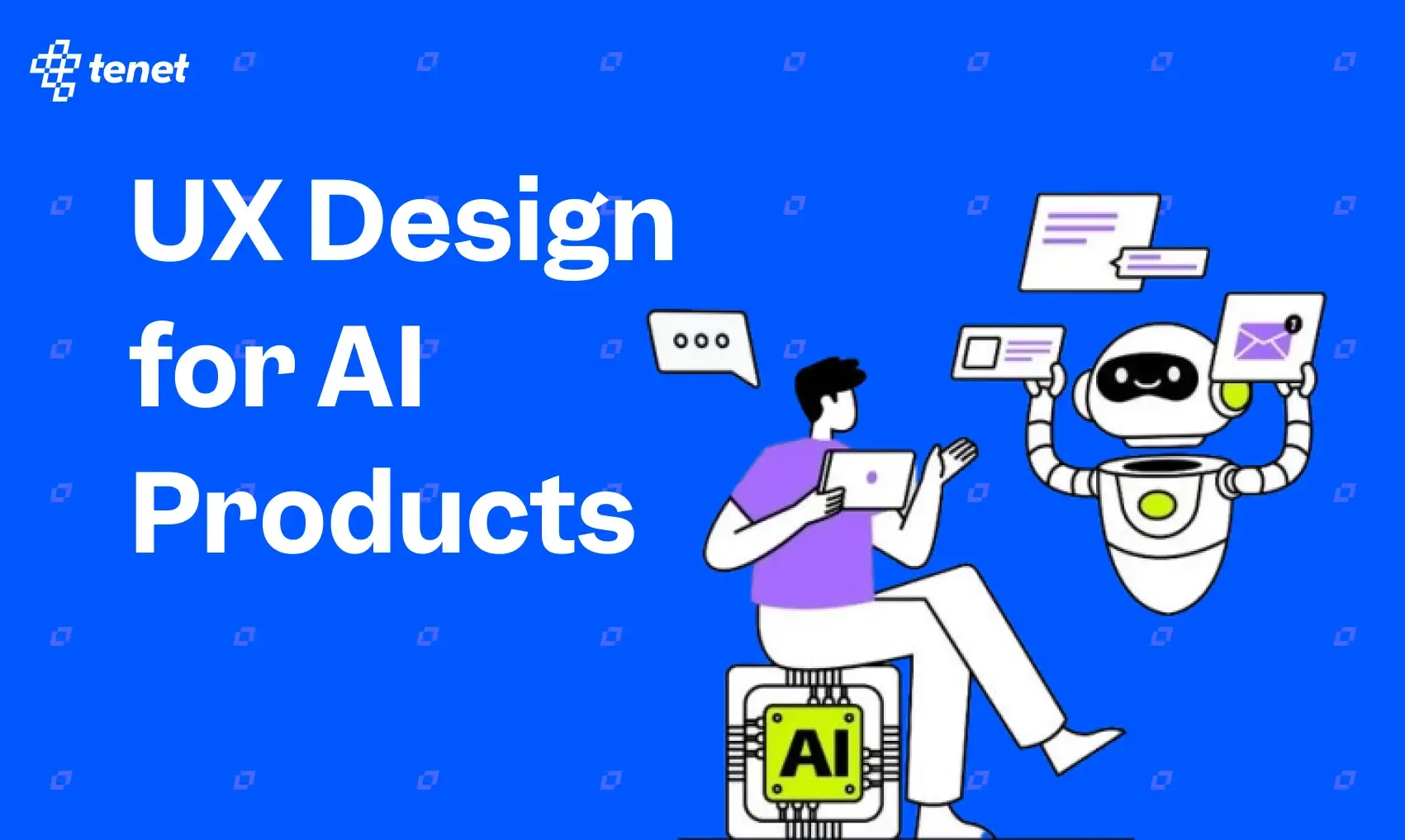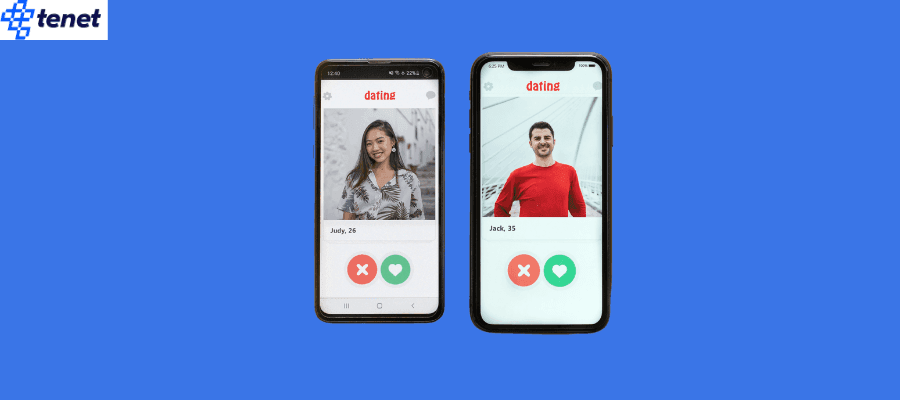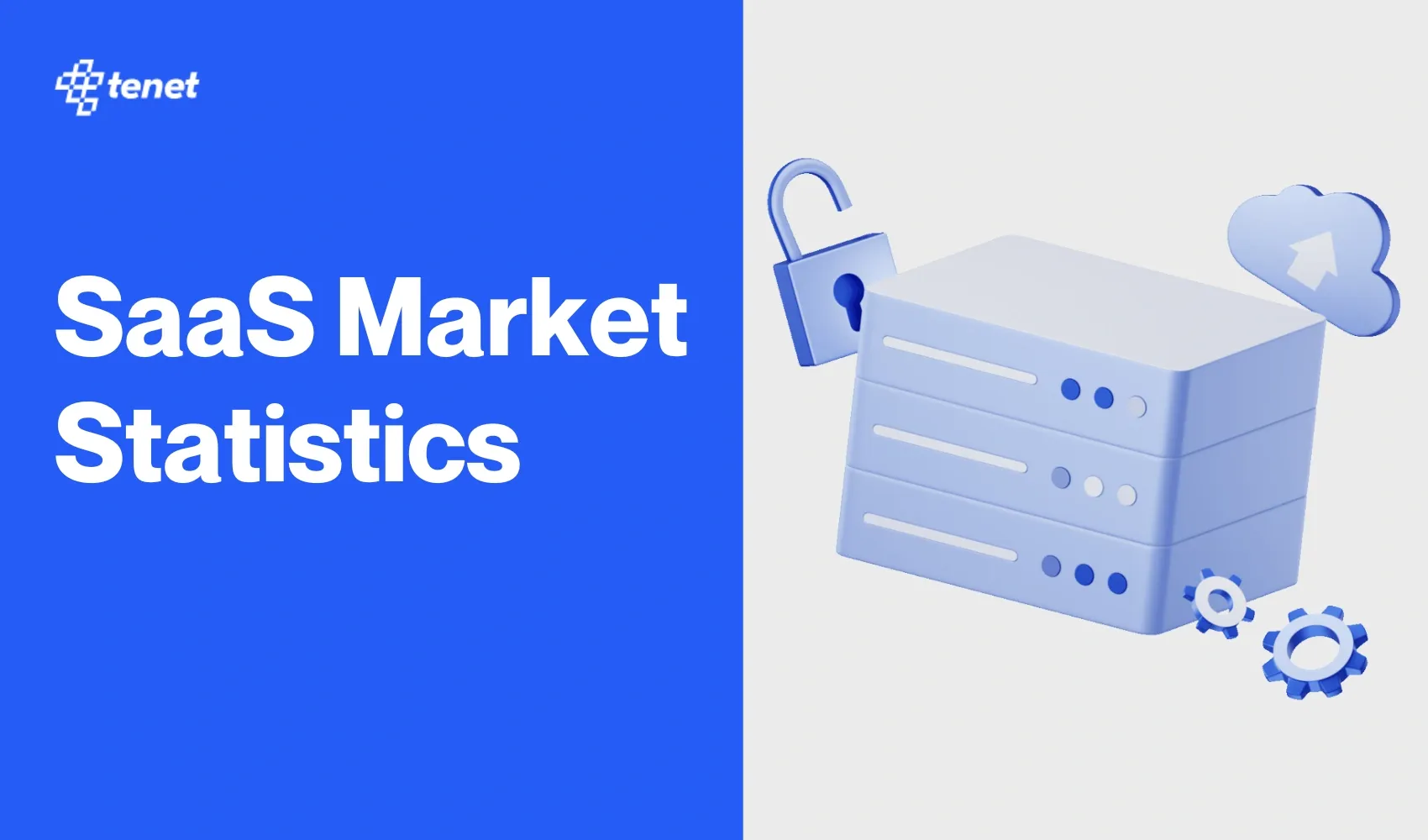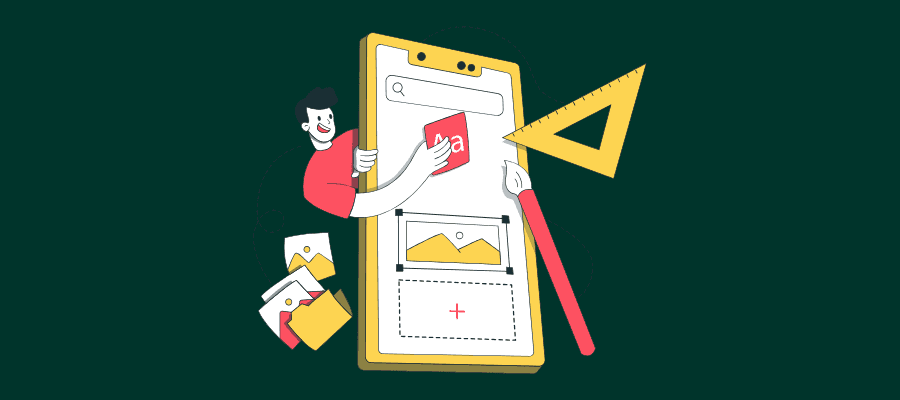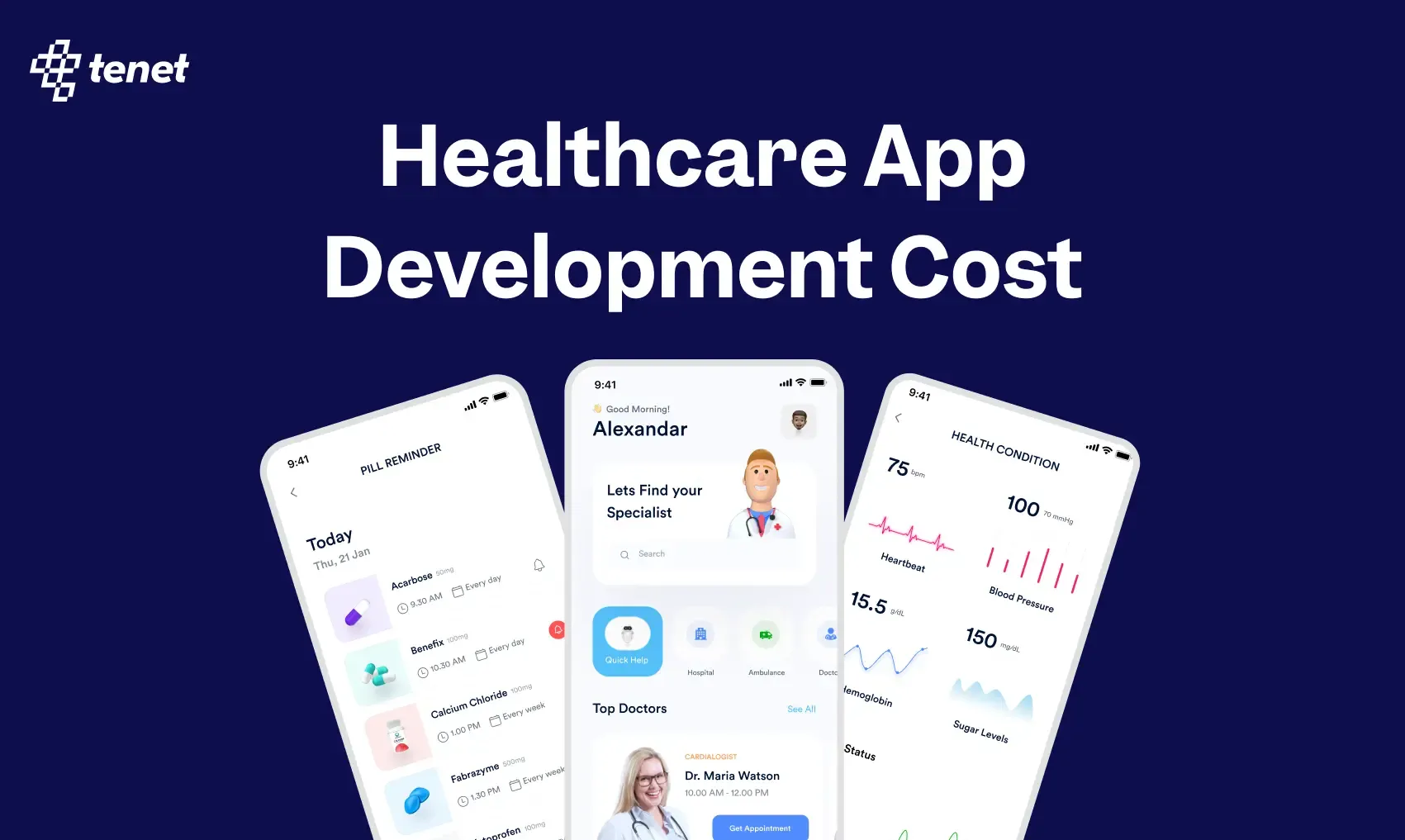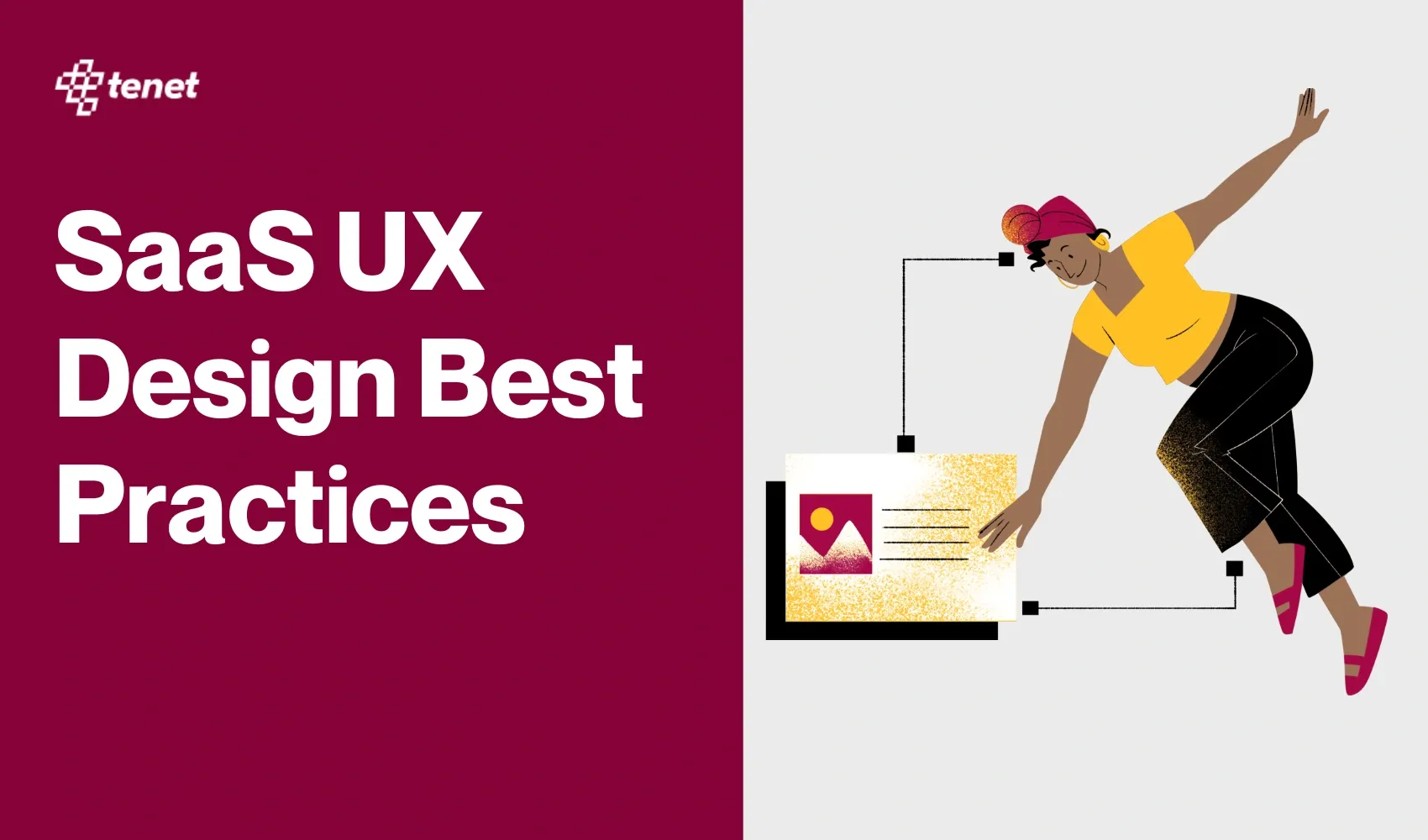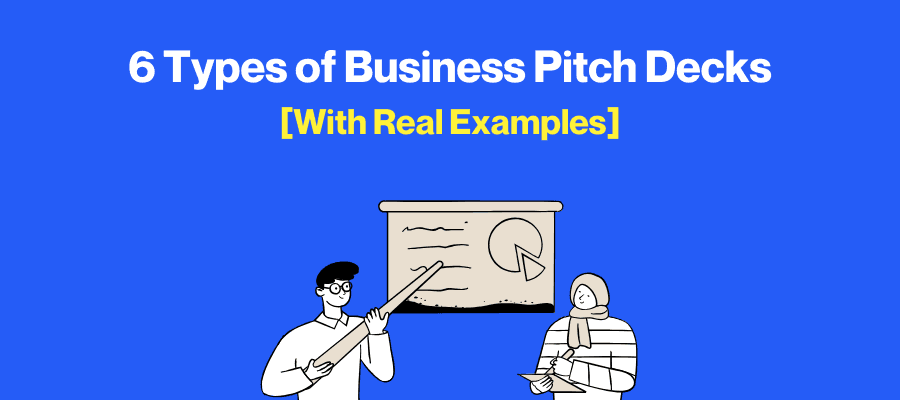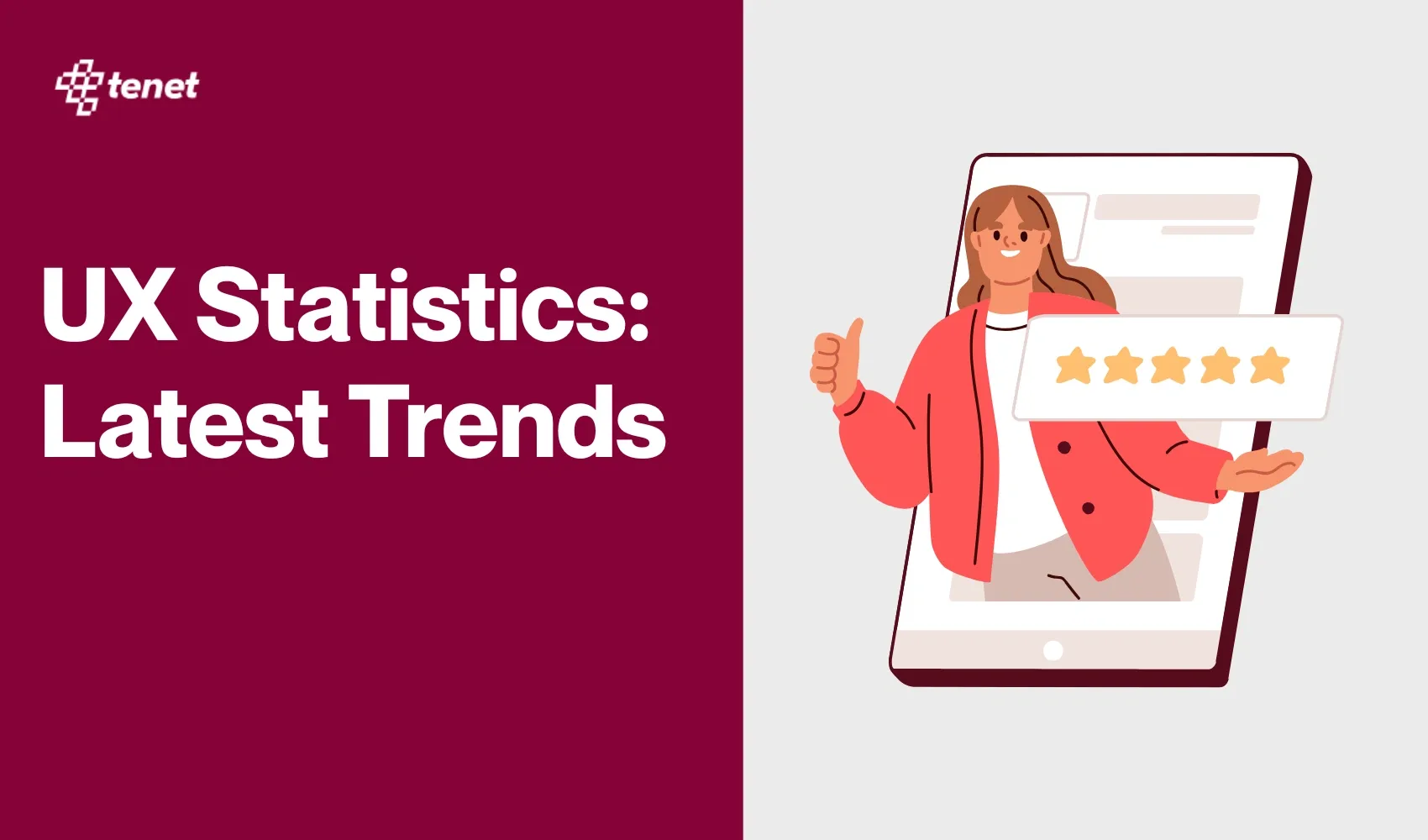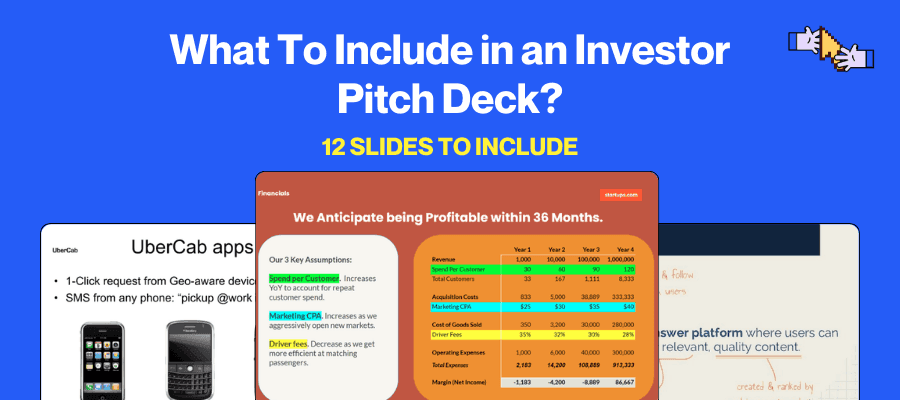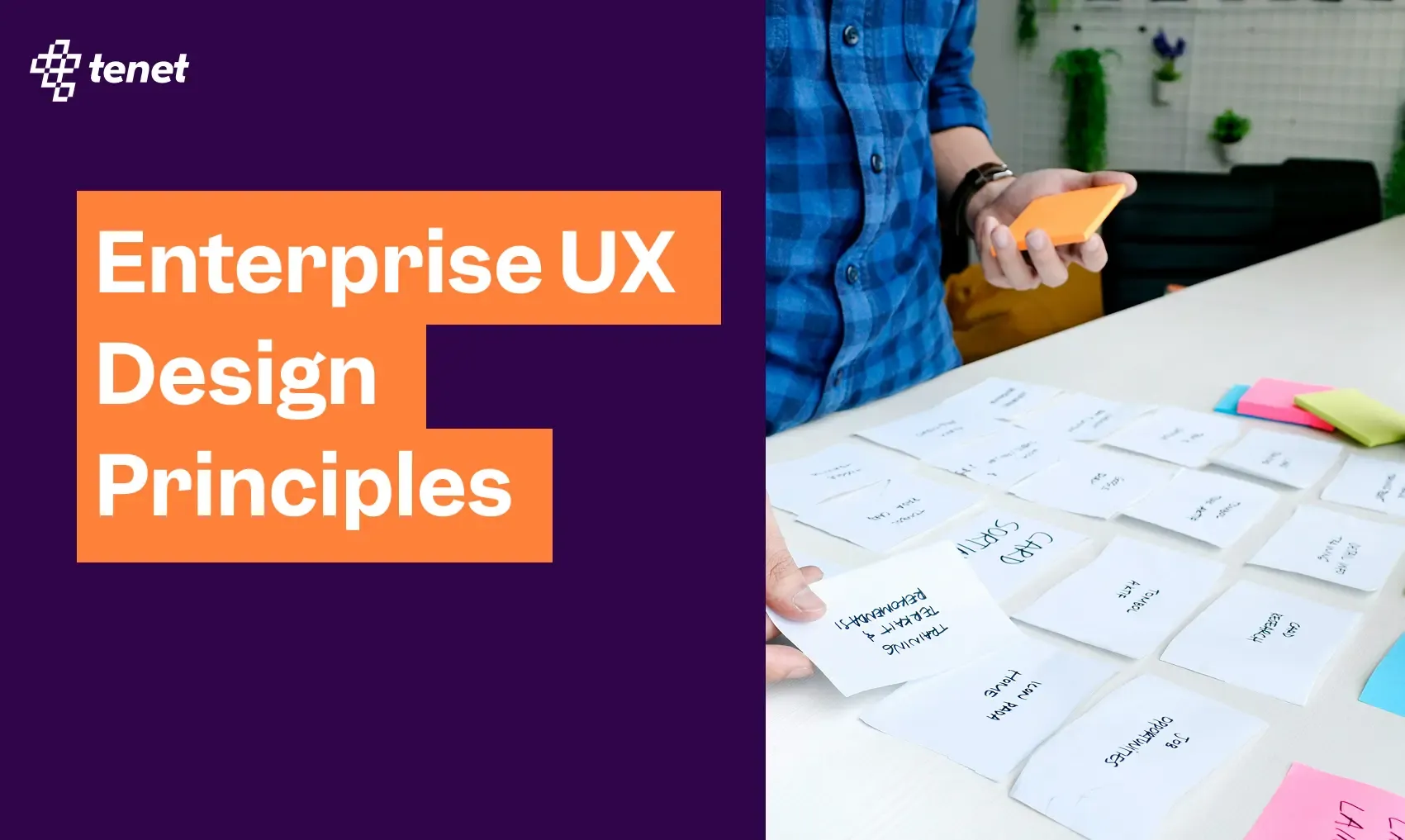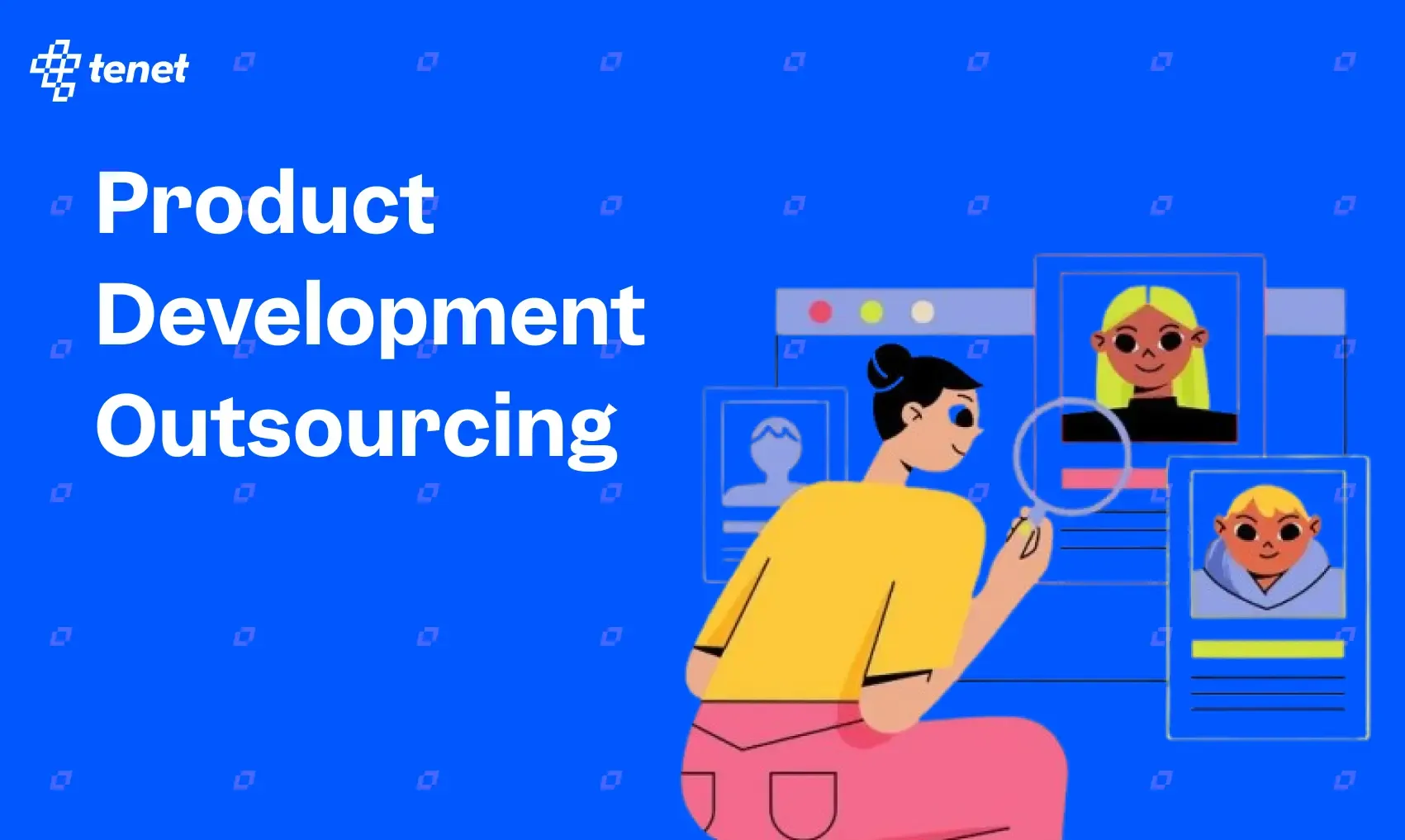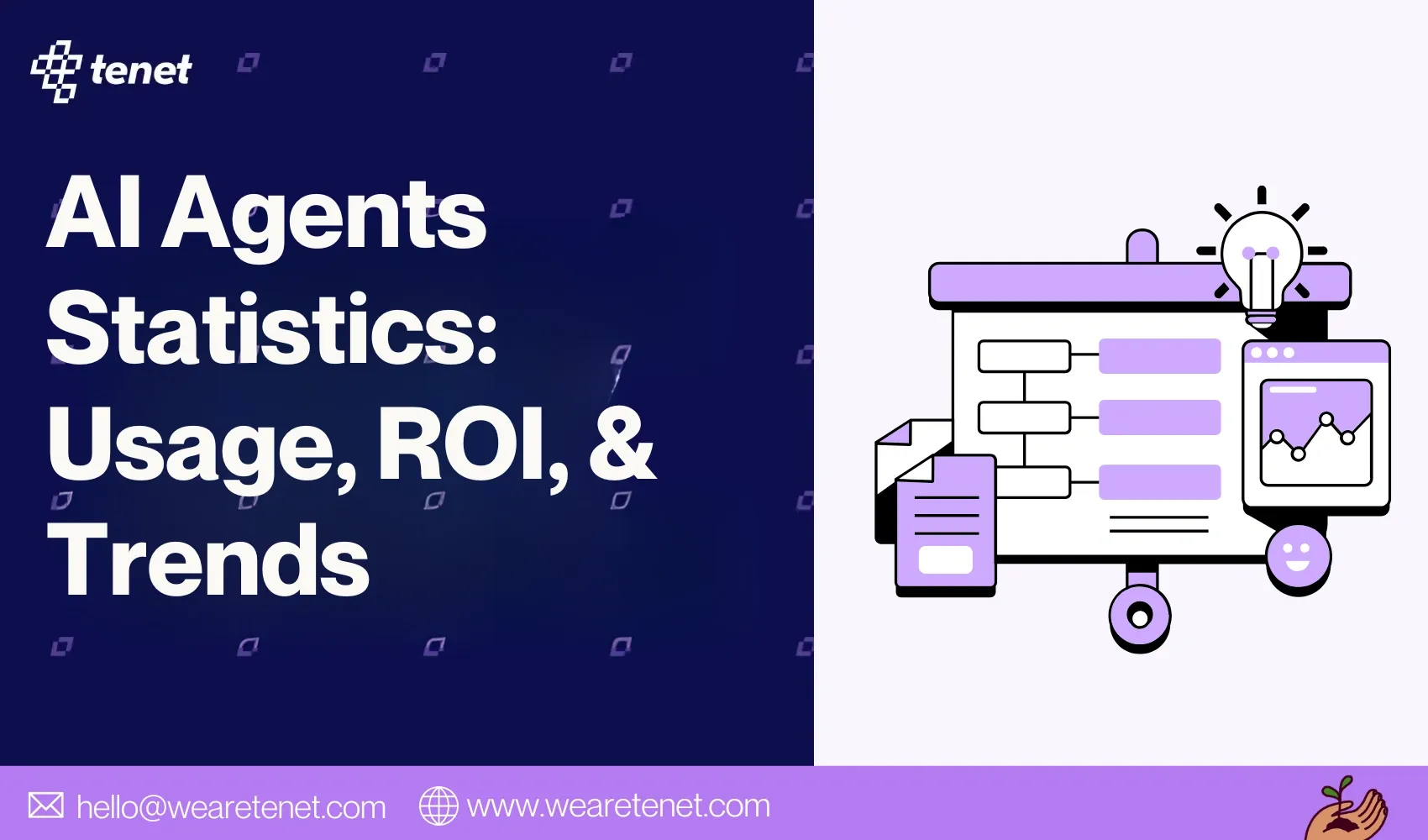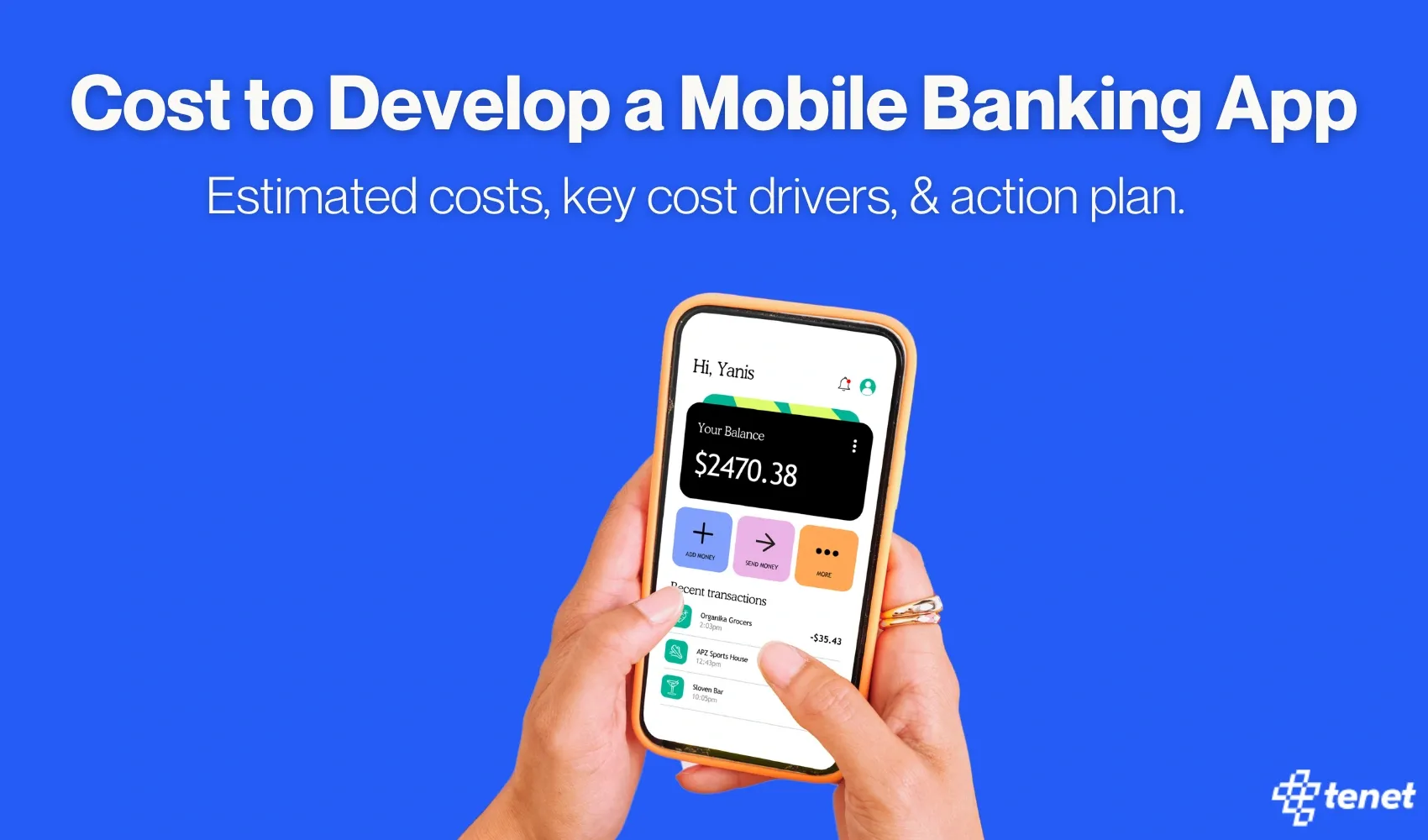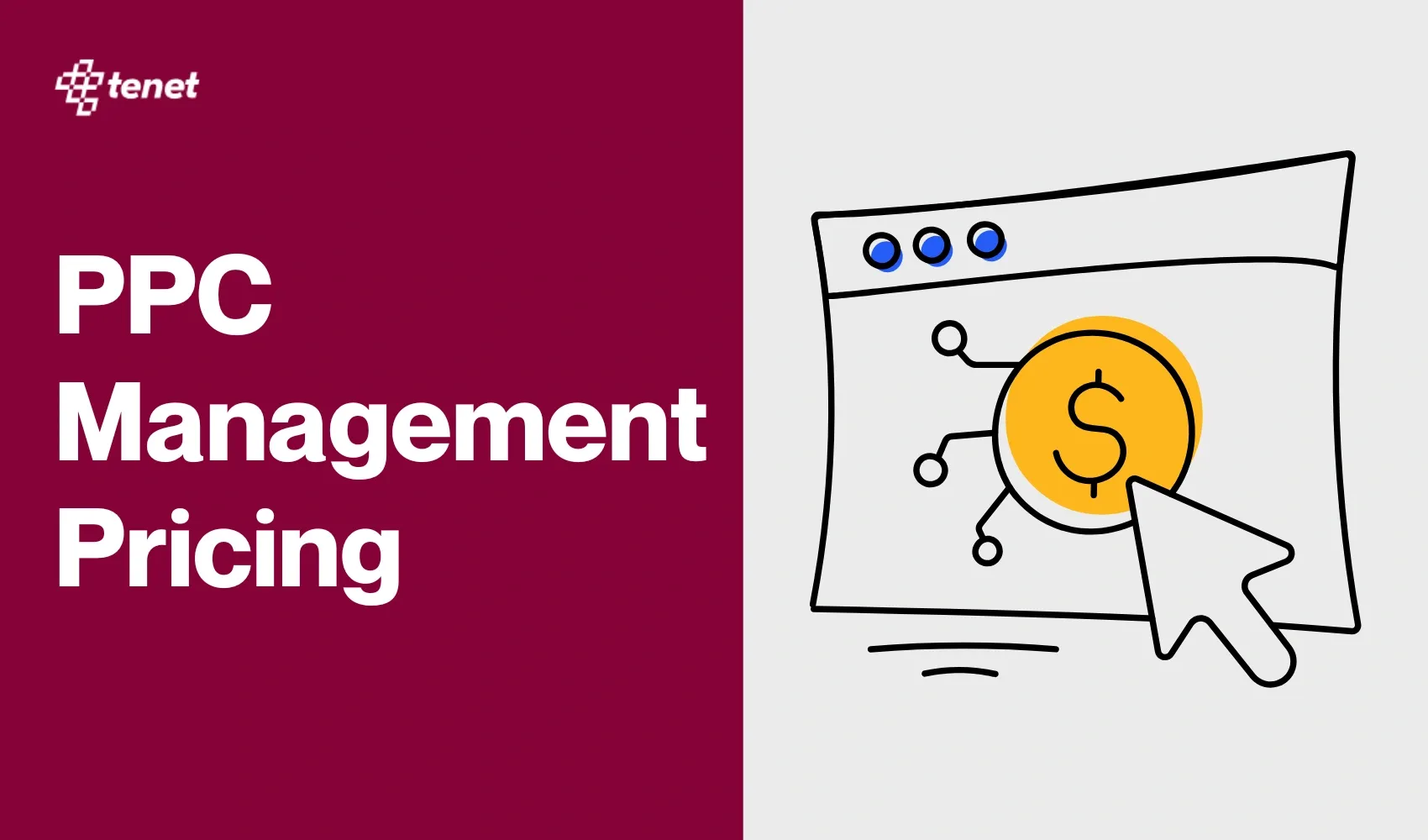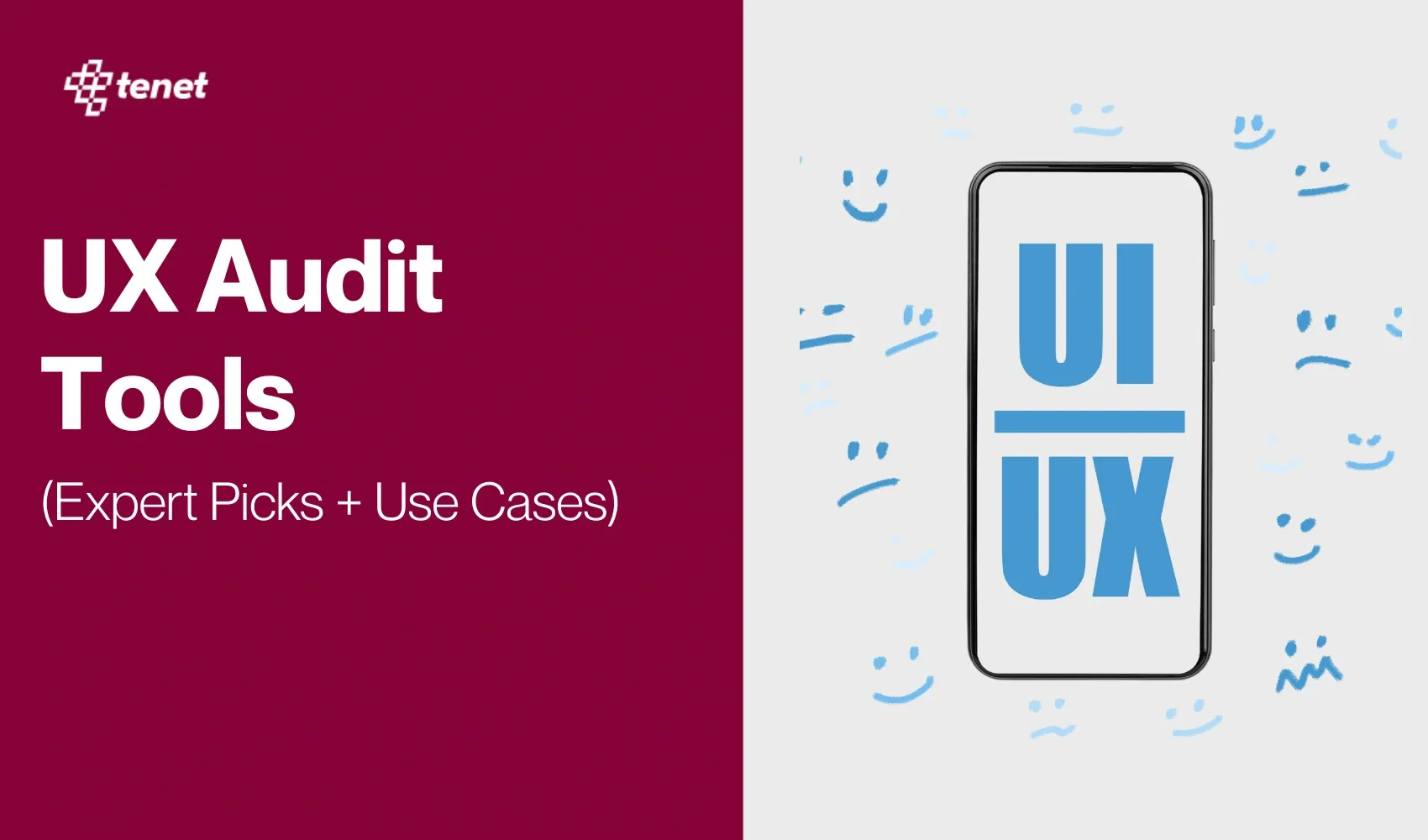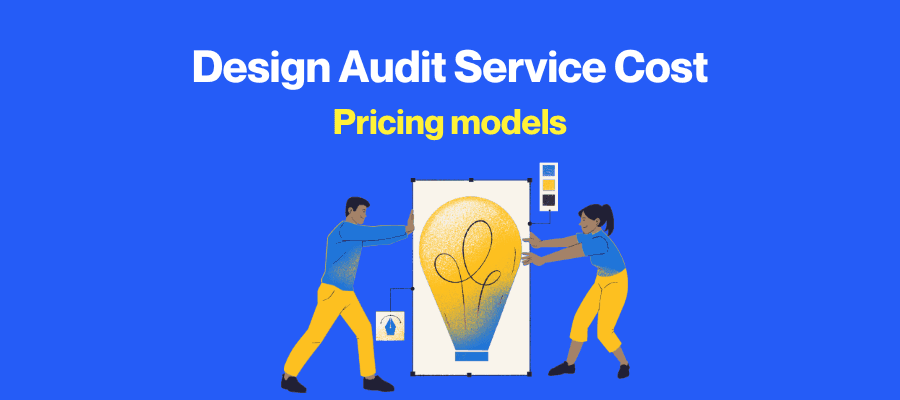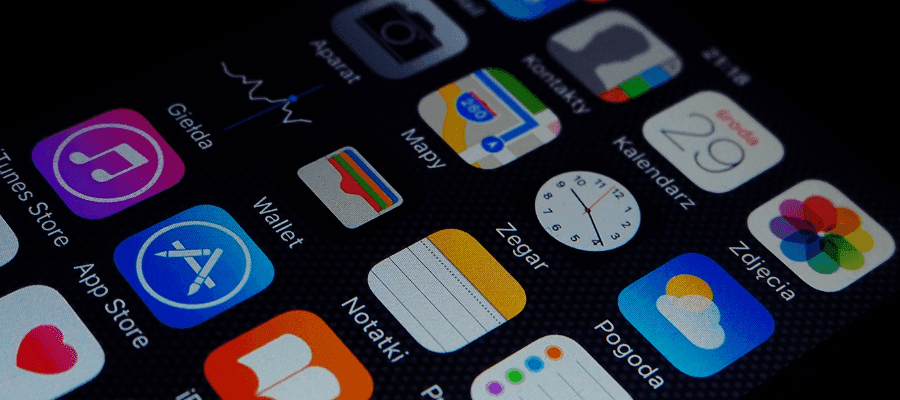How Much Does It Cost to Develop a Fantasy Sports App?
Share
Share
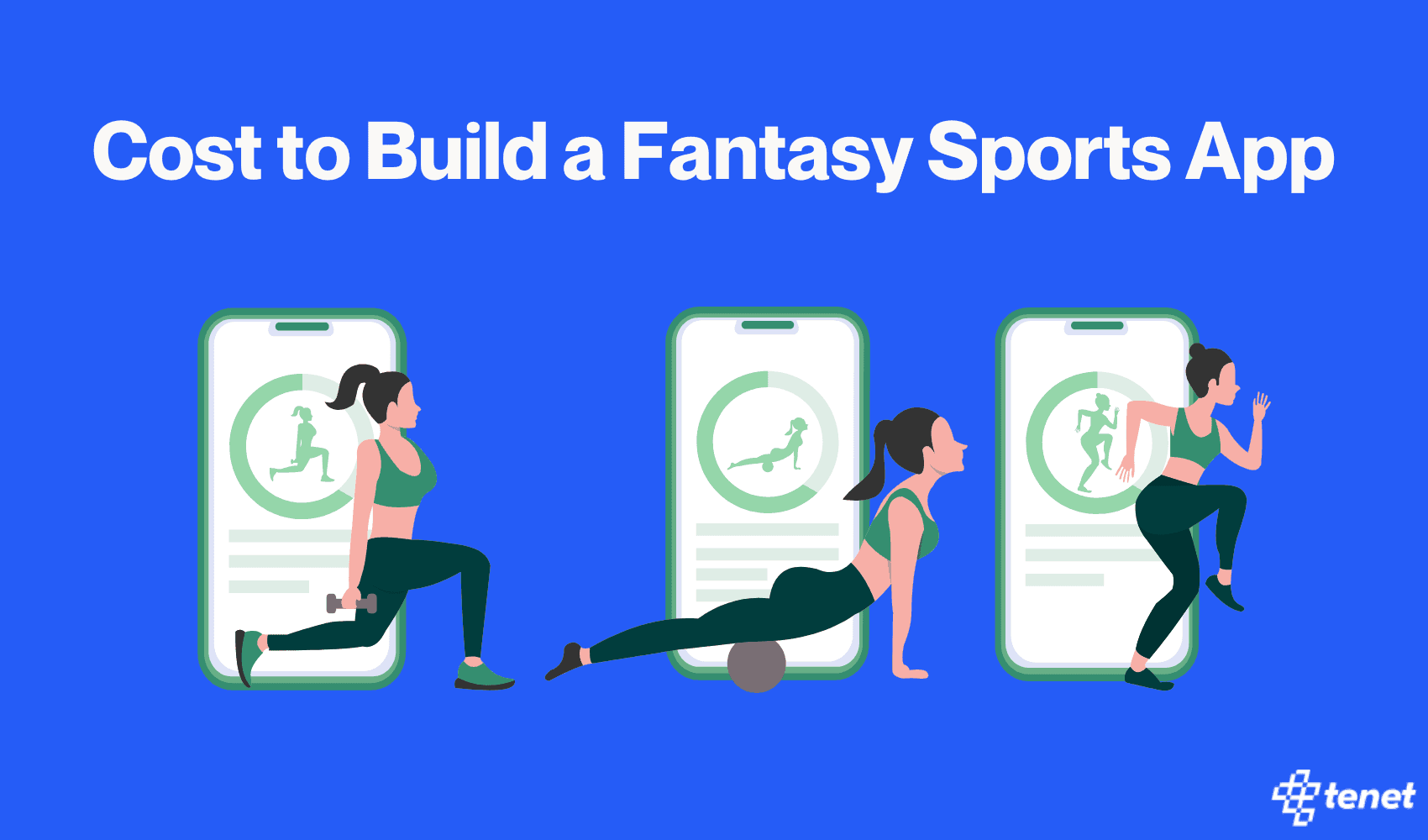
Wondering how much it costs to build a fantasy sports app like Dream11 or DraftKings?
In this guide, we break down the complete fantasy app development cost—from MVP pricing to full-featured apps—along with all the key factors that influence your budget.
Whether you're targeting cricket, football, or multi-sport leagues, you'll discover real examples, cost breakdowns, and expert tips to help you plan smart.
If you're thinking about launching a fantasy app in 2025, this is the guide you need to estimate costs and make informed decisions.
What is the cost of building a fantasy sports app in 2025?
The cost of developing a fantasy sports app usually ranges from $ 20,000 to $ 40,000 for a basic MVP (minimum viable product) with core features such as user registration, team selection, and leaderboard. For a full-featured, multi-sport platform similar to Dream11 or DraftKings, costs can exceed $100,000.
Factors influencing price include the number of platforms (iOS, Android, or both), real-time data integration, custom UI/UX, security, and advanced features such as live scoring or payment gateway.
A complex app with high scalability and compliance requirements will be at the high end of the app development price range.
Here’s a visual diagram showing the estimated development cost breakdown for a fantasy sports app in 2025.
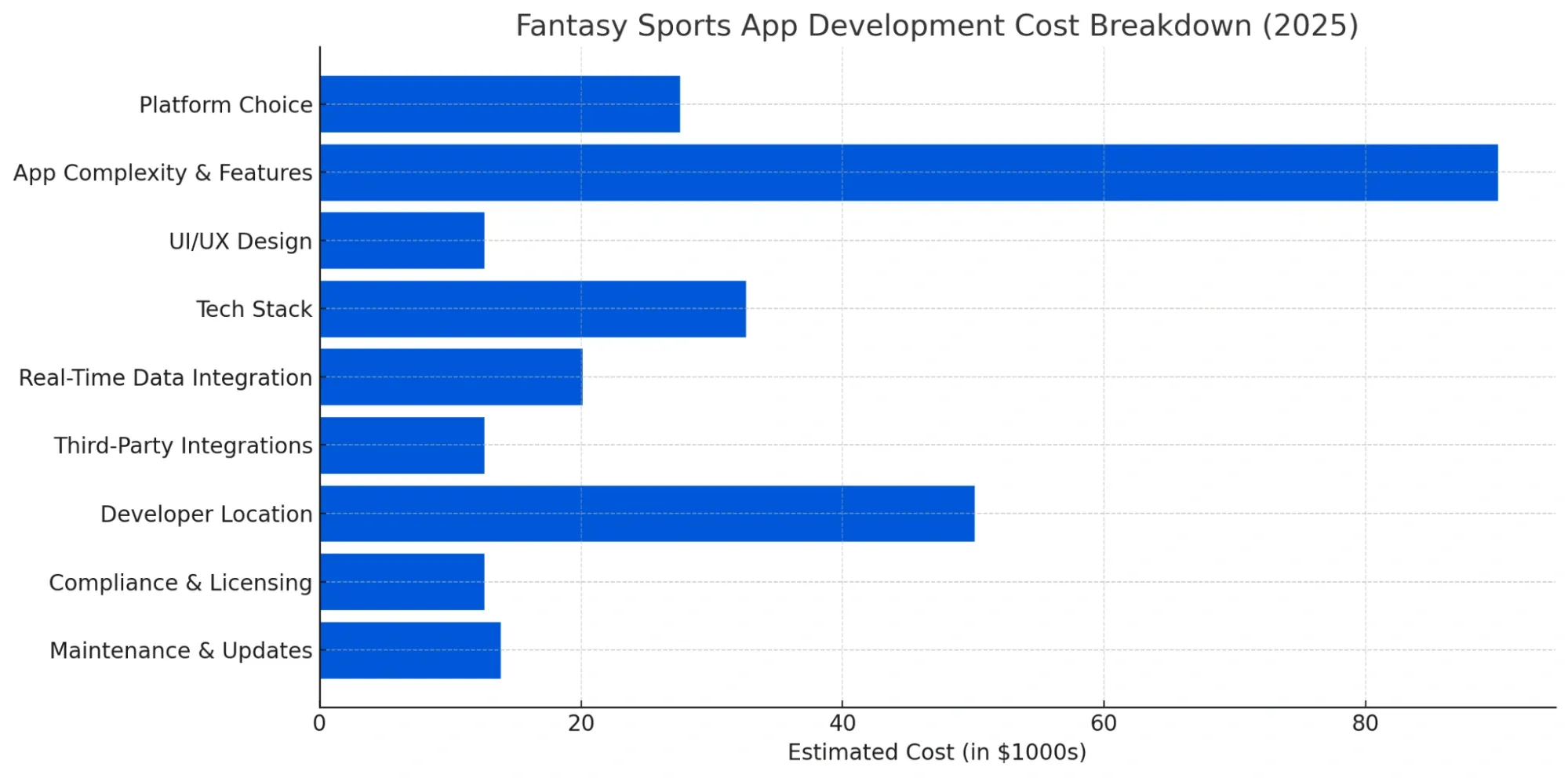
Each bar represents a key factor that influences overall budget planning, using average cost estimates for better clarity.
Fantasy sports app development cost breakdown (With key factors)
1. Platform Choice
Choosing a platform means deciding if your fantasy sports app will be built for iOS, Android, or both.
Developing native apps for both platforms requires separate codebases, which increases the workload and project duration.
Alternatively, cross-platform frameworks like Flutter or React Native let developers share most of the code between platforms, reducing time and cost. However, these frameworks may not support all advanced native features or provide the same level of performance as fully native apps.
Impact on Cost:
Developing for both iOS and Android significantly increases the total cost (higher), while choosing a single platform keeps costs lower.
Estimated Cost:
$15,000–$40,000 per platform; both platforms can nearly double your budget.
2. App Complexity & Features
The complexity of your app depends on two things: Number of features you want & How those characteristics have been advanced or refined.
Basic apps might include simple features like user profiles or scoreboards. But when you add advanced elements like real-time score updates, AI-powered recommendations, live chat, or secure payment gateways, the development process becomes more involved.
Each feature increases:
- Design work (to plan how it will appear)
- Backend logic (to ensure that it works properly)
- Testing attempts (to catch errors or bugs)
For features that are highly interactive or data-driven such as live match feeds or future analytics, require special skills and more mobile app development time along with cost.
Impact on Cost:
The more complex your app and the more features you add, the higher your development costs will be. Simpler apps with basic features are much less expensive.
Estimated Cost:
Basic app: $20,000–$40,000;
Advanced app: $60,000–$120,000+.
This flowchart breaks down how adding more features or custom elements can increase both the overall cost and the development timeline of your app.
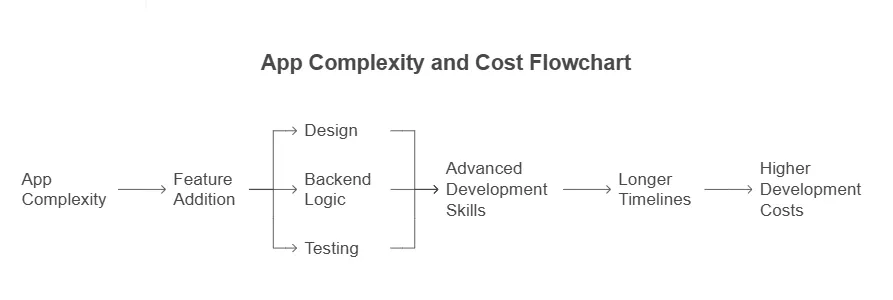
3. UI/UX Design
The UI (user interface) and UX (user experience) designs determine how your app looks and how users feel when using it. If you want custom graphics, easy animation or a unique user flow, it requires more time for wireframing, prototyping, and user testing. While a clean, easy-to-use design makes people likely to use your application, it also requires more design time, testing and research, making it a larger part of your budget.
Impact on Cost:
Custom, high-quality UI/UX design raises the cost (higher), while using basic or template-based designs keeps costs lower and speeds up development.
Estimated Cost:
$5,000–$20,000 depending on the level of customization.
4. Tech Stack
The tech stack is the combination of programming languages, frameworks, and backend infrastructure used to build your app.
Choices like React Native or Flutter for the frontend and Node.js or Django for the backend affect scalability, security, and performance. Advanced or specialized stacks may require hiring experienced developers and can impact future maintenance and scalability.
Impact on Cost:
Using standard, widely adopted technologies keeps costs lower, while advanced or niche tech stacks increase costs due to the need for specialized talent.
Estimated Cost:
$10,000–$55,000 depending on technology choices and scalability needs.
5. Real-Time Data Integration
Real-time data integration enables your app to display live score, player statistics and match updates immediately. To achieve this, your app must connect with a reliable sports data API that can handle large volumes of data and send timely updates to users without delay.
The backend system needs to quickly process these updates and push them to the app in real time. This requirement adds technical complexity to the development process, as it demands efficient data handling and a stable infrastructure to ensure a smooth user experience.
Impact on Cost:
Integrating real-time data APIs and building the necessary backend infrastructure increases both development and ongoing operational costs (higher).
Estimated Cost:
$10,000–$30,000 for integration and setup, plus possible monthly API fees.
An image of DraftKings’ dashboard displaying the score from the most recent game.
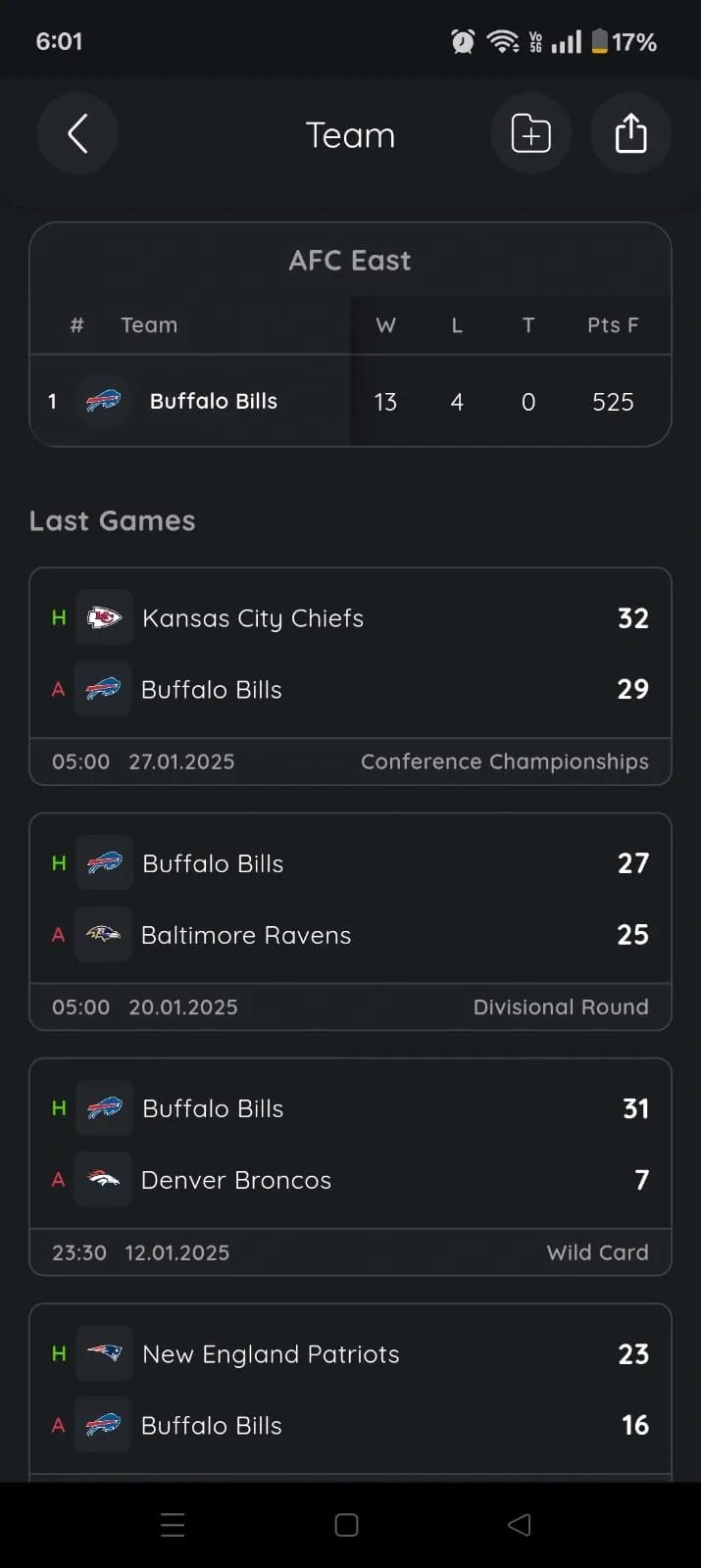
6. Third-Party Integrations
Third-party integration connects your app with external services such as payment gateways, social logins, analytics tools and push notification platforms.
Each integration requires secure implementation, compliance with external standards, and ongoing updates to maintain compatibility. These features improve user experience and modification but add complexity to the development process.
Impact on Cost:
More third-party integrations raise the overall cost (higher), while limiting integrations keeps costs lower.
Estimated Cost:
$5,000–$20,000 per integration, depending on complexity.
A breakdown of the major third-party integrations that apps often rely on
7. Developer Location
The location of your development team greatly affects the overall cost of your fantasy sports app. Developers located in North America and Western Europe typically charge higher rates due to high living costs and market standards. In contrast, teams in Asia or Eastern Europe often provide equally skilled services at low costs.
In addition to pricing, the location of the developer affects communication and project management due to time zone differences, which can affect the response time and speed of cooperation during development.
Impact on Cost:
Hiring developers in high-cost regions increases your budget (higher), while working with skilled teams in lower-cost regions can reduce expenses without sacrificing quality.
Estimated Cost:
$25–$60/hour (Asia/Eastern Europe), $80–$150/hour (North America/Western Europe).
8. Compliance & Licensing
It is important to ensure your app complies with legal and regulatory standards, especially when working with real-money gaming or handling sensitive user information.
Compliance involves obtaining the required licenses, following data protection laws and implementing anti-fraud and privacy measures. These phases help prevent legal penalities, avoid removal from the app store, and produce users by displaying that your app operates securely and responsibly.
Impact on Cost:
Compliance and licensing increase upfront costs (higher), but are essential for risk management and long-term app viability.
Estimated Cost:
$5,000–$20,000 for legal and licensing fees.
9. Maintenance & Updates
Maintenance and updates aren’t optional, they’re what keep your app alive. After launch, your app will need regular care to stay functional and relevant. That includes:
- fixing bugs
- adding new features
- making sure it works with the latest devices
- scaling the backend as your user base grows.
Regular updates do not only improve performance - they keep the app secure, help avoid costly issues later, and ensure that your users have a comfortable experience every time when opening the app.
Impact on Cost:
Ongoing maintenance and updates increase long-term costs (higher), but are necessary for keeping your app competitive and reliable.
Estimated Cost:
15–20% of initial development cost per year, or $7,500–$20,000 annually for most projects.
This image visualizes the step-by-step process of maintaining and updating a fantasy sports app:
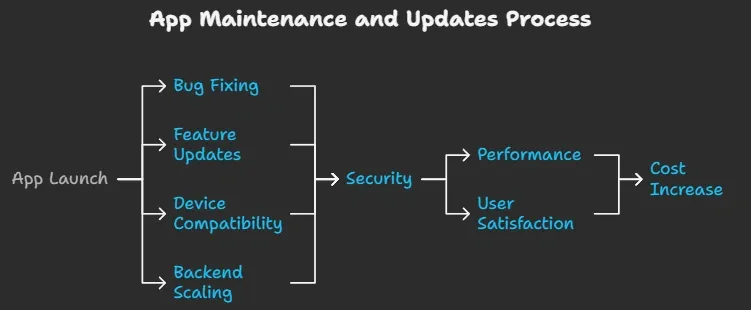
👉 To start building your fantasy sports app with a reliable team for sports tech, contact us.
What are the must-have features to have in your fantasy sports app?
Before you start building your fantasy sports app, it’s helpful to know which features matter most to users.
These features make the app easy to use, help people follow their teams, and encourage them to return for future games. Focusing on the right features from the start will help your app meet user needs and work smoothly for everyone.
1. User Registration & Profile Management
User registration and profile management allow users to create secure accounts, authenticate using email, mobile, or social logins, and manage their personal information within the app. This includes updating details, viewing participation history, and tracking winnings.
How it works:
Upon launching the app, users are prompted to sign up or log in. Most apps offer multiple authentication methods (email, phone OTP, Google, Facebook). Once registered, users can access a profile dashboard to view past contests, edit their avatar, and manage account settings.
Why it matters:
This feature is essential for user security, personalization, and retention. It enables a tailored experience, ensures compliance with legal requirements, and helps users keep track of their fantasy activities.
Example:
Dream11 allows users to register with their mobile number or email, set up a profile, and access a personal dashboard showing contest history and winnings.
Here’s how Dream11 handles user registration with a simple phone number login, making the signup process quick and user-friendly.
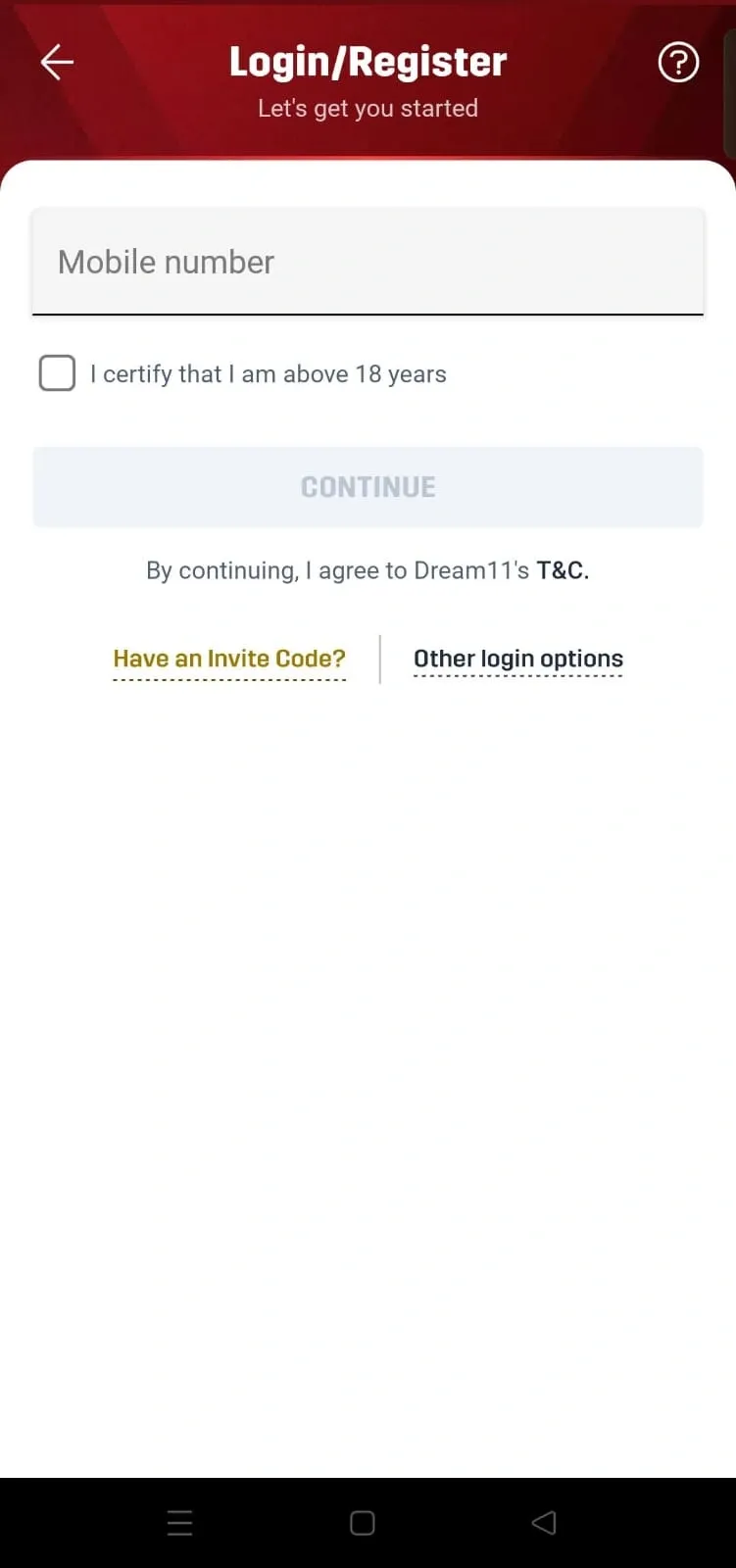
Here’s an image showing the ‘My Profile’ section under the Manage Account settings in the Dream11 app, where users can view and update their personal details.
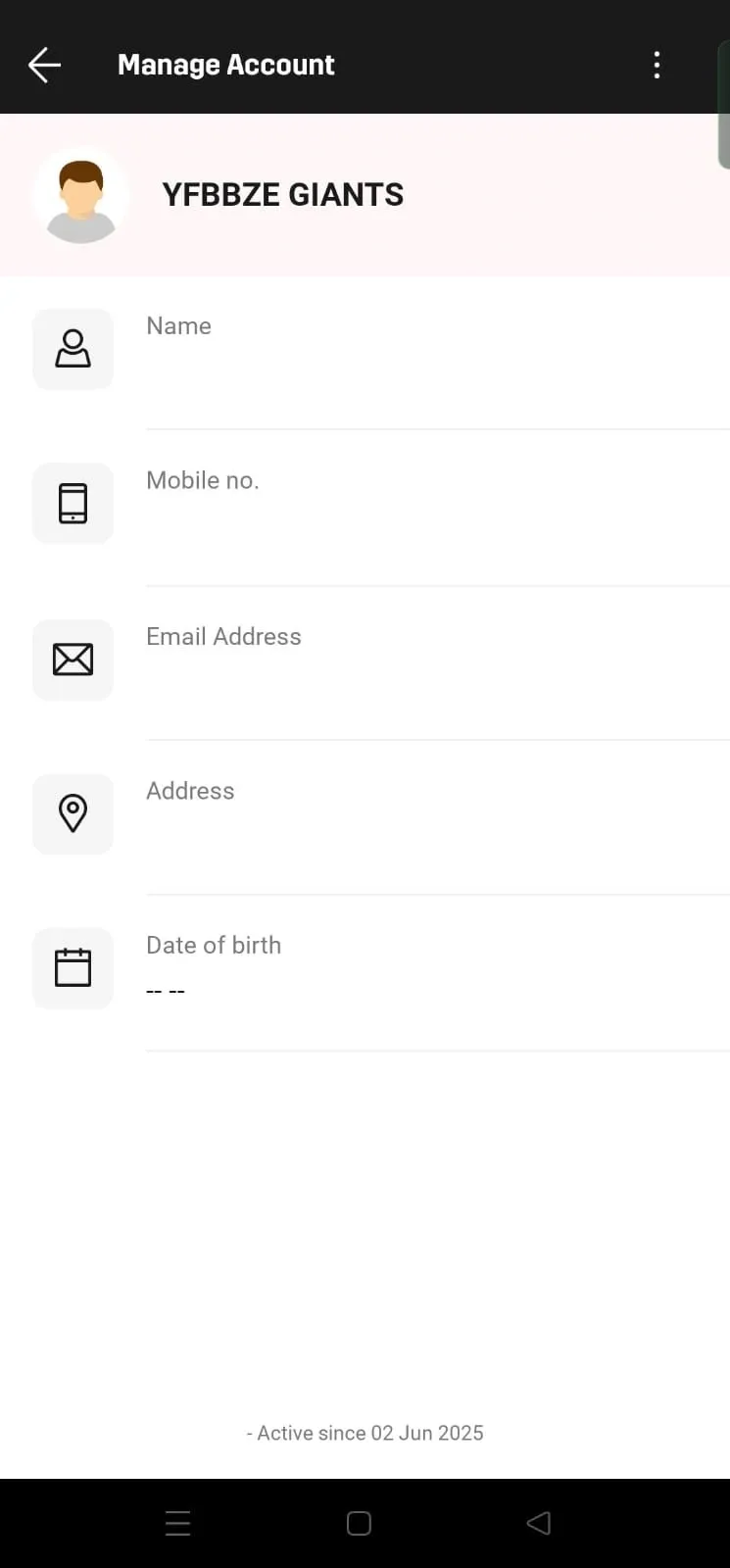
2. Team Creation & Player Draft
Team creation and player draft enable users to assemble a virtual team by selecting real players from upcoming matches, adhering to in-app rules and budget constraints. The lineup is used to compete in contests based on real-world player performance.
How it works:
Users are presented with a list of available players, each with stats, form, and selection percentage. They select a squad within a given budget (credits or salary cap), often filtering by position or team. The draft locks in before the real match starts.
Why it matters:
This is the core engagement mechanic of any fantasy sports app, encouraging strategic thinking and maximizing user involvement before each match.
Example:
Howzat’s team creation screen lets users pick players by category (batsman, bowler, etc.), view real-time points, and save their team before the match deadline.
Below given visual shows how the users can pick players in the Howzat sports app:
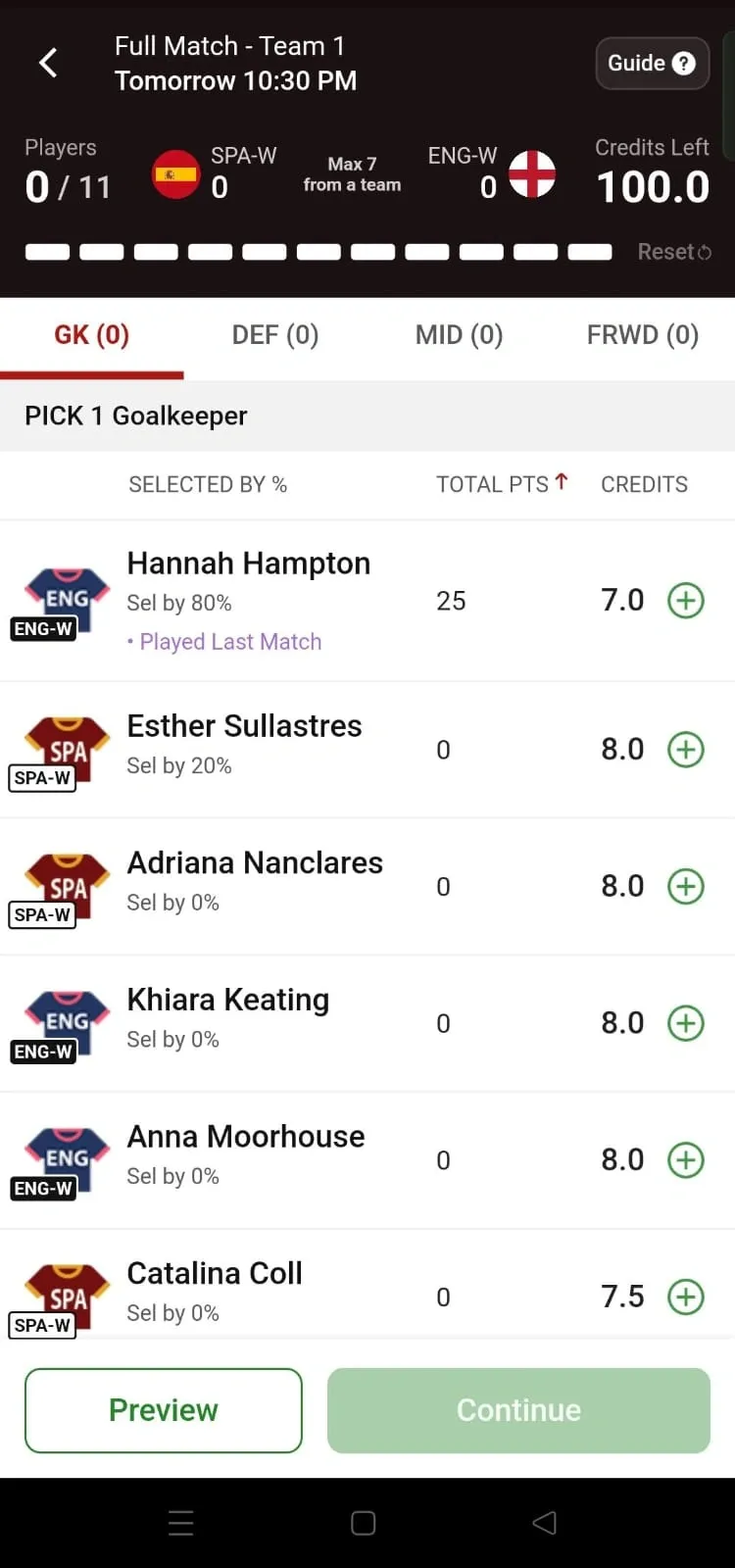
Here’s an image showing how users can preview their selected players and team setup before finalizing their lineup in the app.
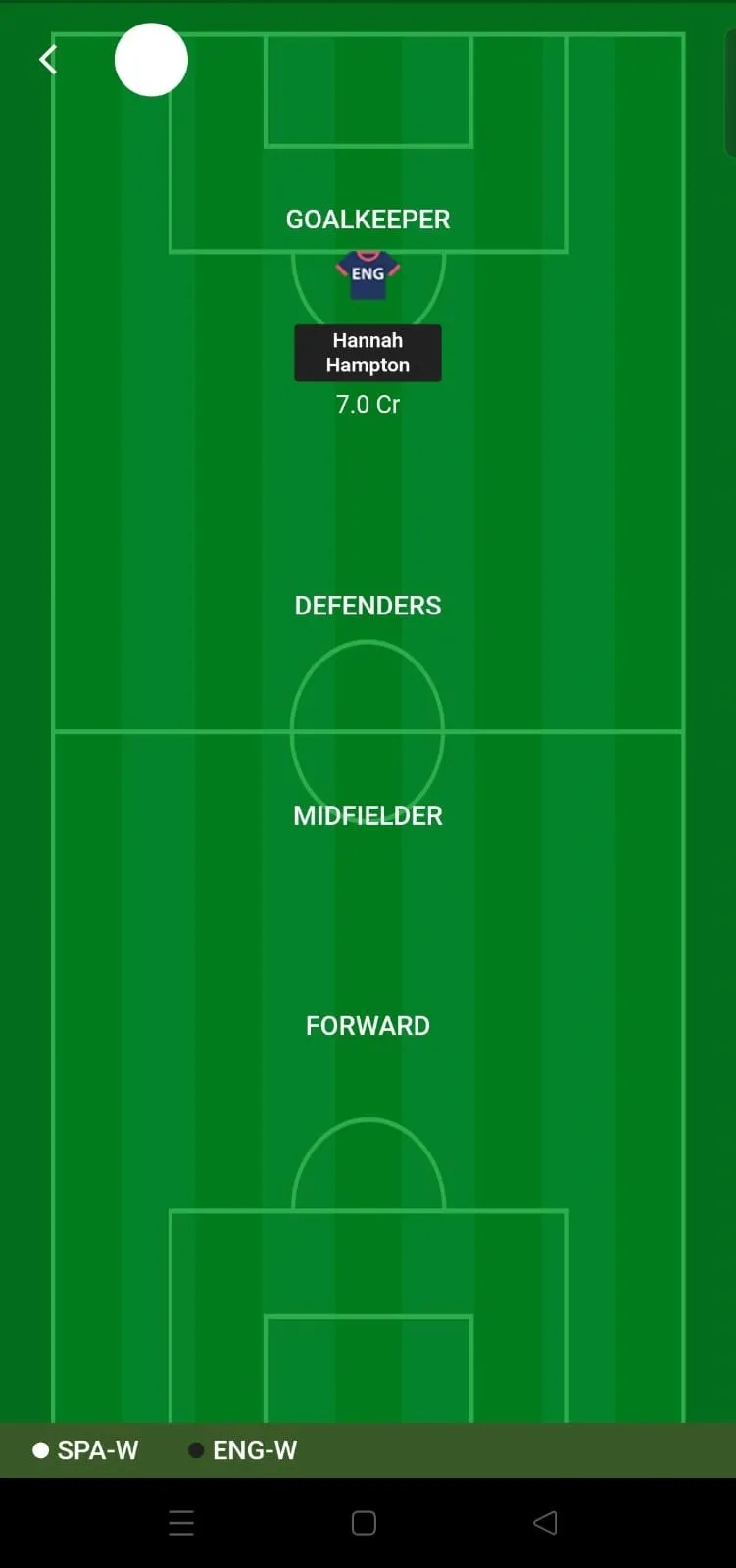
3. Live Match Updates & Real-Time Scoring
Live match updates and real-time scoring provide users with instant feedback on their fantasy team’s performance, reflecting real-world events as they happen.
How it works:
The app integrates sports data APIs to fetch live scores and player stats. Users see their team’s points update in real time, with breakdowns by player and event (runs, wickets, goals, etc.). Leaderboards adjust dynamically as the match progresses.
Why it matters:
Instant feedback keeps users engaged, increases app stickiness, and enhances the competitive thrill of fantasy sports.
Example:
ESPN Fantasy’s live scoring dashboard displays real-time points, player stats, and leaderboard positions as the game unfolds.
Here’s an image showcasing ESPN Fantasy’s live scoring dashboard, where users can track real-time scores and player performances during ongoing matches.
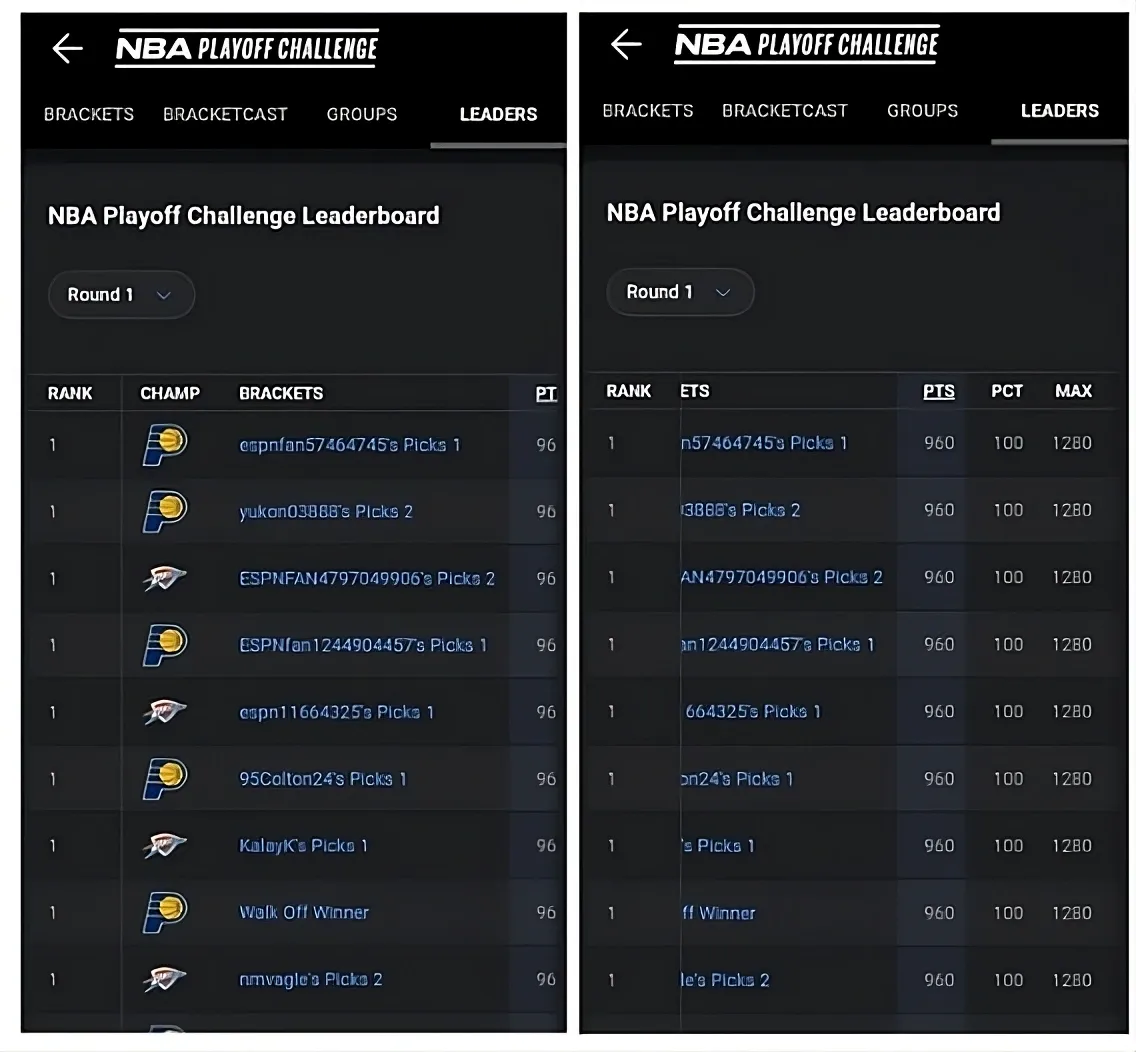
4. Contest & League Management
Contest and league management allows users to join public contests, create private leagues, and compete in head-to-head or group formats with custom rules and scoring systems.
How it works:
Users browse available contests filtered by entry fee, prize pool, or format. They can also create private leagues, invite friends, and set custom rules. The app tracks standings, sends updates, and manages payouts or rewards.
Why it matters:
This feature fosters community, increases user retention, and provides flexibility for different play styles and group dynamics.
Example:
DraftKings’ “Contests” tab lets users join daily fantasy contests, create private leagues, and filter by sport, entry fee, or contest type.
This image highlights one of the filter options available in the DraftKings app, helping users narrow down contests based on their preferences.
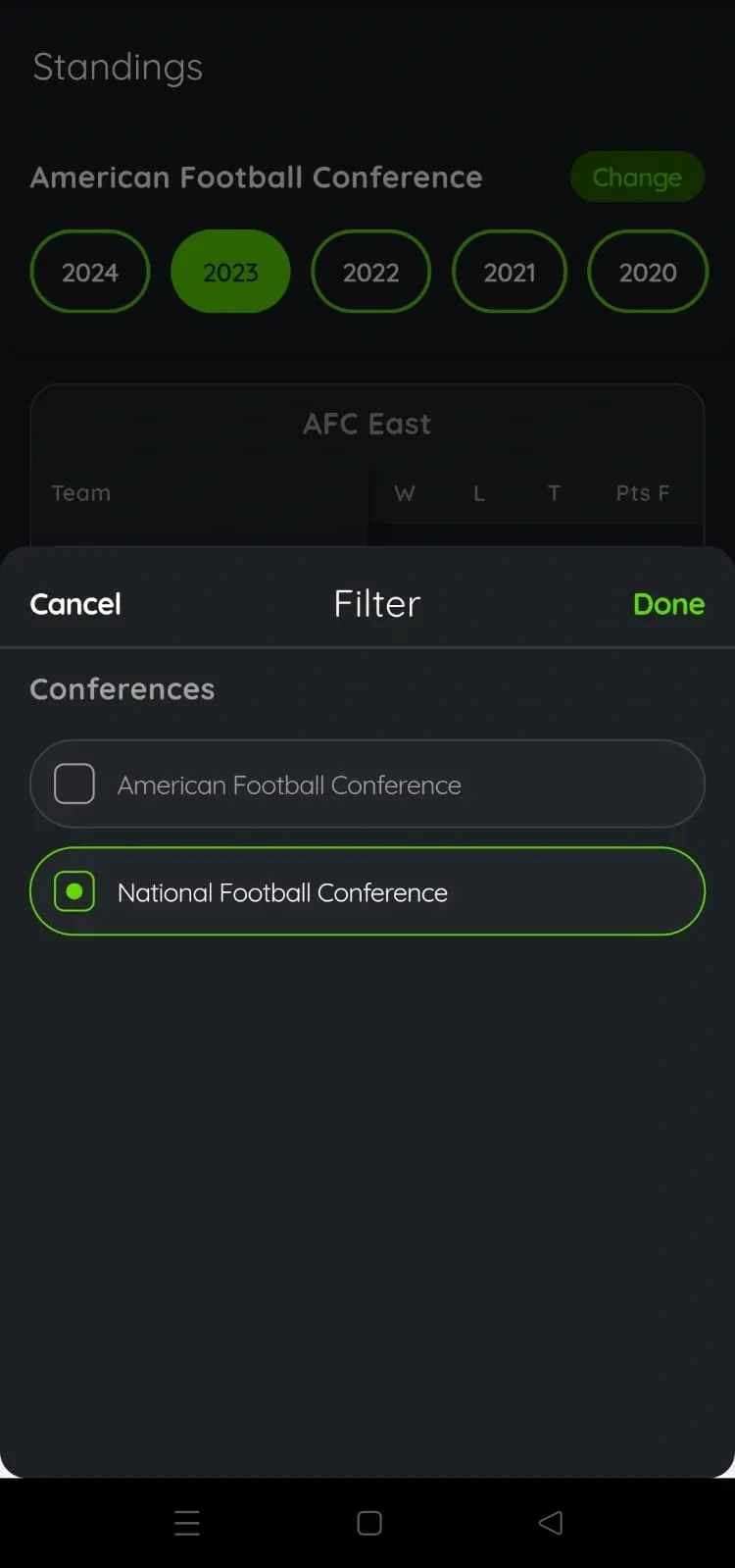
5. Payment Integration & Secure Withdrawals
Payment integration enables users to deposit funds, pay entry fees, and withdraw winnings securely using various payment methods, including UPI, credit/debit cards, and wallets.
How it works:
The app integrates with payment gateways for seamless transactions. Users can add money to their wallet, pay contest entry fees, and request withdrawals. Transaction history and withdrawal status are displayed in the user’s profile.
Why it matters:
Secure, hassle-free payments are critical for user trust, legal compliance, and smooth participation in paid contests.
Example:
Dream11 supports UPI, Paytm, and bank transfers for deposits and withdrawals, with a dedicated wallet section for transaction tracking.
6. Push Notifications & Alerts
Push notifications and alerts keep users informed about upcoming matches, lineup deadlines, contest results, and important updates.
How it works:
The app sends real-time notifications to users’ devices for draft reminders, injury updates, match start times, and results. Users can customize notification preferences in settings.
Why it matters:
Timely alerts boost engagement, reduce missed contests, and keep users returning to the app.
Example:
Sleeper sends push notifications for draft picks, injury news, and league chat messages, ensuring users never miss critical updates.
Below is an Image representing Sleeper push notifications for draft picks, injury news, and more.
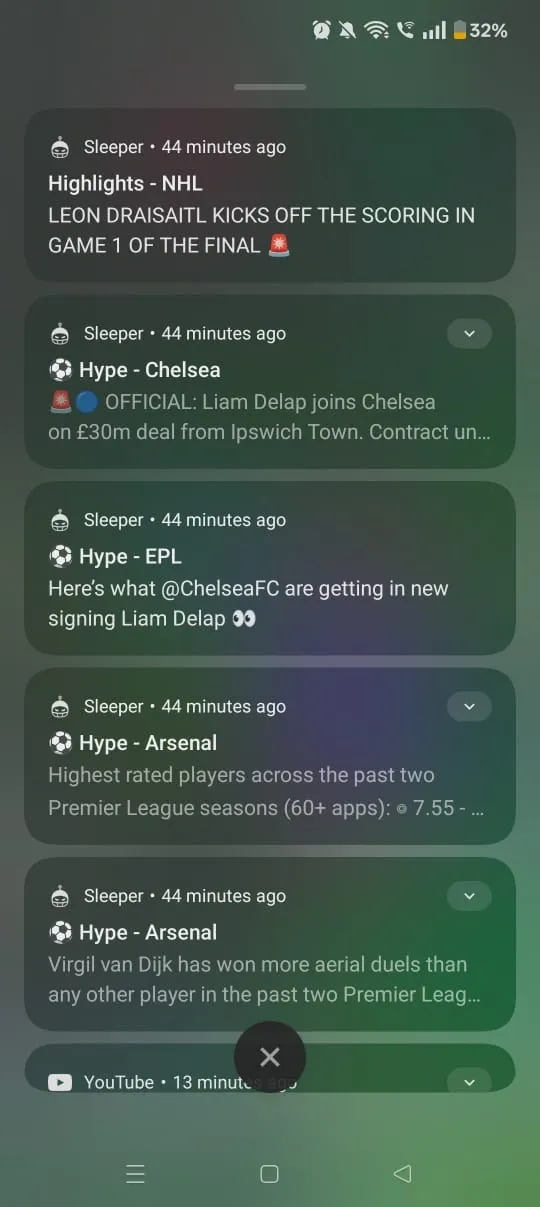
7. In-App Chat & Community
In-app chat and community features enable users to communicate, strategize, and socialize with other players within leagues or contests.
How it works:
Users can send direct messages, participate in group chats, or post on league message boards. Some apps integrate emojis, media sharing, and notification tagging.
Why it matters:
Social features increase user retention, build a sense of community, and make the fantasy experience more interactive.
Example:
Sleeper’s integrated league chat allows users to discuss matchups, trade proposals, and celebrate wins within the app.
8. AI-Powered Insights & Analytics
AI-powered insights and analytics provide users with data-driven recommendations, player projections, and matchup analysis to inform their team selections and strategies.
How it works:
The app uses machine learning algorithms to analyze player stats, recent form, and matchup trends. Users receive draft suggestions, trade advice, and performance predictions.
Why it matters:
Advanced analytics help users make smarter decisions, increasing their chances of winning and enhancing the competitive aspect of the app.
Example:
Yahoo Fantasy offers AI-generated draft grades and weekly projections, helping users optimize their lineups.
Here’s how Yahoo Fantasy shows player projections across different dates.
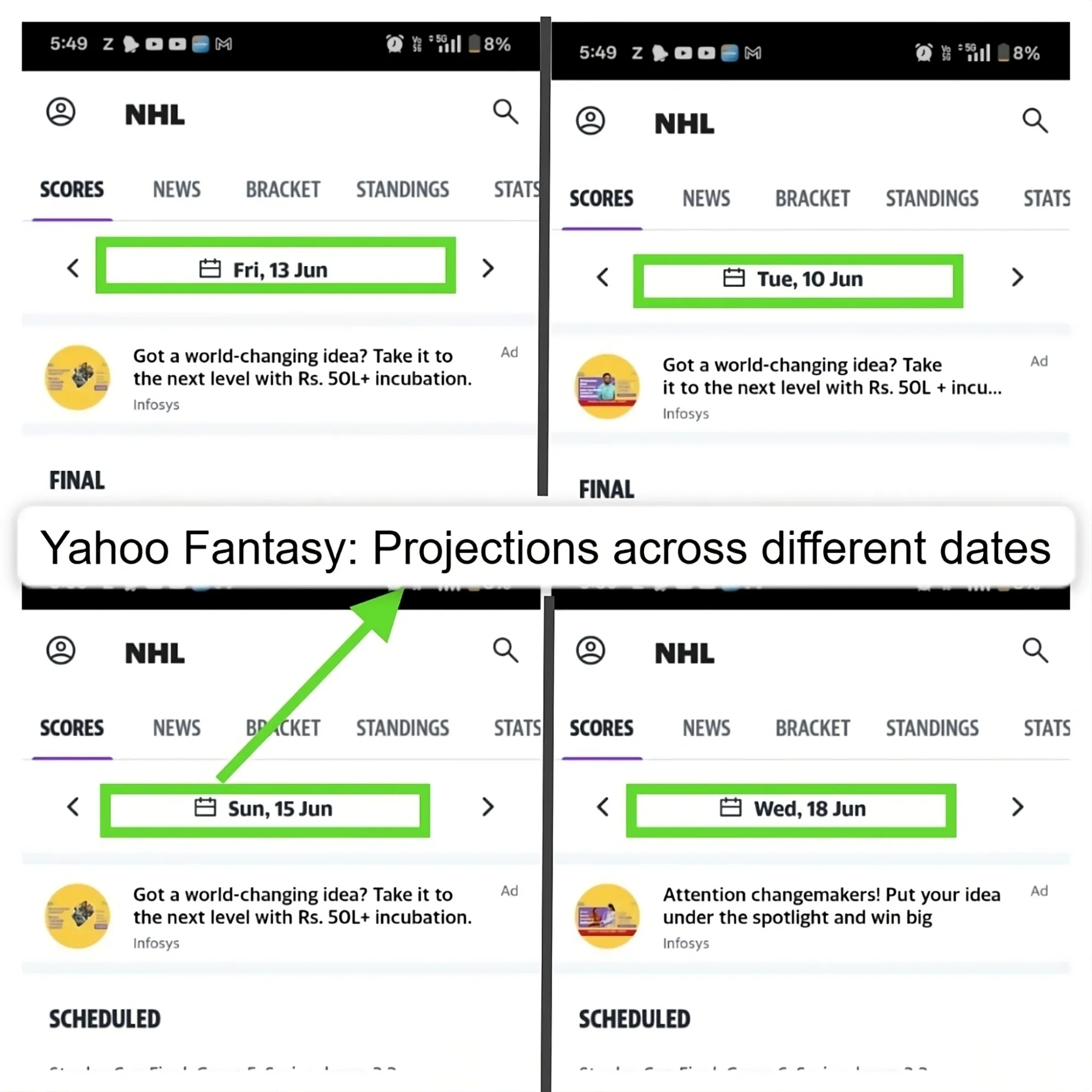
Ready to Build Your Fantasy App? Here’s how our app development experts can help.
Looking to launch the next big fantasy sports app? Whether it’s for cricket, football, kabaddi, or a custom league, we bring your vision to life with high-performance iOS and Android apps that are scalable, secure, and built to engage.
At Tenet, we’ve helped 300+ clients across 15+ countries develop mobile apps that power over 20 million users globally. From stunning UI/UX to real-time match data integration, payment systems, admin dashboards, and post-launch support—our team takes care of everything from start to finish.
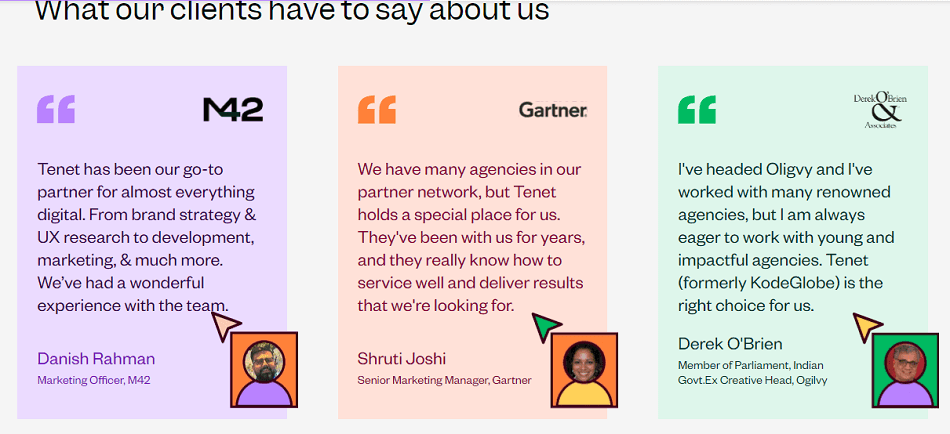
Why clients trust Tenet to build fantasy apps:
- Proven expertise – Delivered 450+ successful apps, including gamified platforms and sports tech
- Business-first approach – We design with conversion, retention, and scalability in mind
- Secure architecture – Built with robust backends, encrypted transactions, and user data protection
- Truly global – UAE, India, UK, US—we’ve built for startups, enterprises, and sports brands worldwide
- Full-cycle support – From strategy and design to development, testing, launch, and maintenance
Our recent fantasy and sports app builds have generated millions in revenue, with average user session times that beat the industry standard.
What our customers say about our brand here:
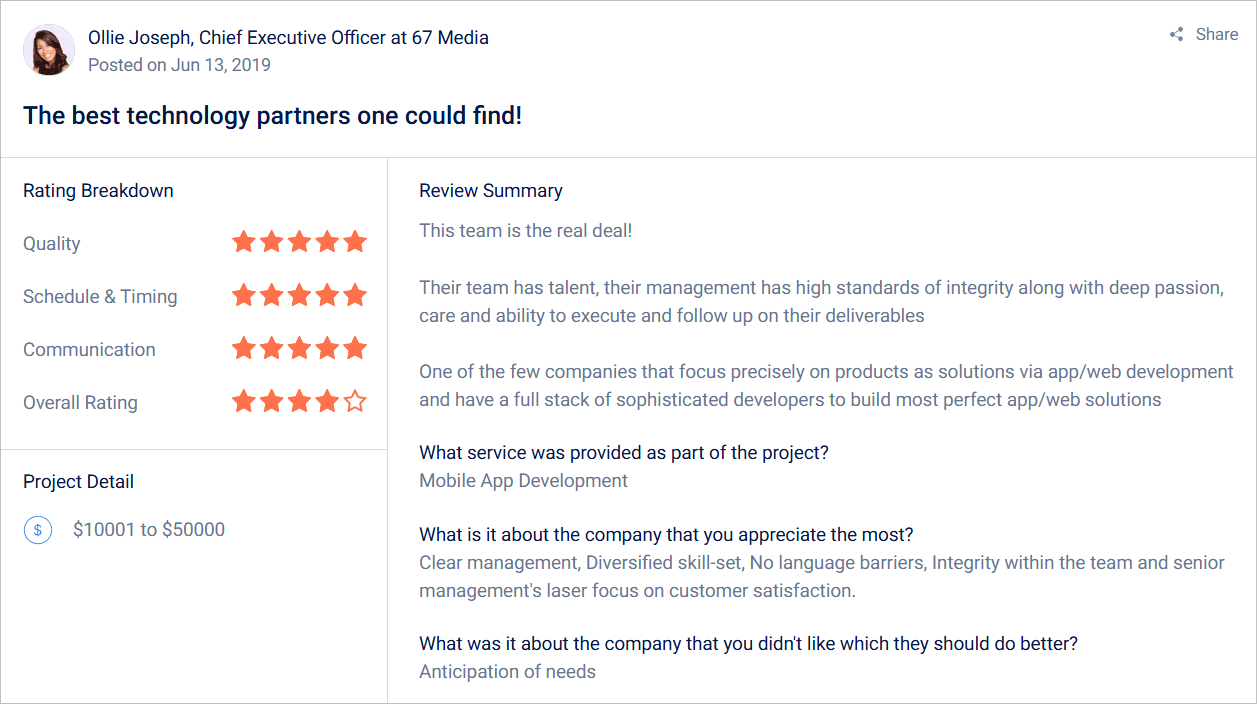
👉 Build your dream fantasy app without expert iOS and Android app developers
FAQs
How much does it cost to build a fantasy sports app like DraftKings?
The cost of creating fantasy sports apps such as Draftings varies widely based on features, platforms and complexity. For a basic version with core features, costing between $ 20,000 and $ 40,000 is expected.
However, real-time data, fully featured with advanced UI and safe payment, the multi-sport app can range from $ 200,000 to $ 400,000 or more. It’s also essential to account for recurring costs like API integrations, server hosting, and ongoing maintenance.
1. What is the average cost to develop a fantasy sports app in 2025?
The cost of developing a fantasy sports app in 2025 ranges from $20,000 to $120,000+, depending on features, platforms (iOS/Android), real-time integrations, and UI/UX complexity. MVPs with basic functionality cost less, while fully-featured multi-sport apps like Dream11 or DraftKings require higher investments.
2. What factors affect the cost of building a fantasy sports app?
Key factors include the number of platforms, app complexity, real-time score APIs, UI/UX design level, backend infrastructure, developer location, and compliance requirements. Each feature added increases time, tech effort, and ultimately, cost.
3. Is it cheaper to build a fantasy sports app for only one platform?
Yes. Developing for a single platform (either Android or iOS) costs 30–50% less than building for both. Cross-platform frameworks like Flutter or React Native can help reduce costs, though they may limit advanced native functionality.
4. How much do real-time data and payment integrations cost?
Integrating real-time sports data APIs can cost $10,000–$30,000, depending on the provider and complexity. Secure payment gateway integration typically ranges from $5,000–$20,000, depending on the number of payment options and required compliance (e.g., KYC, UPI, wallets).
5. What are the ongoing costs after launching the app?
Post-launch, expect 15–20% of the original development cost annually for updates, bug fixes, backend scaling, and OS compatibility. This keeps the app secure, up-to-date, and high-performing across devices.
6. How can I reduce the cost of fantasy app development without compromising quality?
To optimize cost, start with an MVP (Minimum Viable Product), use cross-platform tech, prioritize essential features, and choose a global partner like Tenet. With experience across 15+ countries and 450+ projects, we deliver scalable apps without overspending.
Need a Custom Mobile Sports App? Get a free proposal.
Need a Custom Mobile Sports App? Get a free proposal.

Got an idea on your mind?
We’d love to hear about your brand, your visions, current challenges, even if you’re not sure what your next step is.
Let’s talk
